Carrara's Marble: A Legacy of Art, Labor, and Enduring Beauty

Italy's Carrara region, renowned for its pristine white marble, boasts a history intertwined with artistic mastery, demanding labor, and a unique cultural identity. For centuries, this precious stone has been extracted from the Apuan Alps, shaping not only iconic sculptures and architecture but also the lives and communities of those who work it. The story of Carrara marble is one of geological wonder, human endeavor, and the enduring power of art.
Key Takeaways
- Carrara marble has been a coveted material for artists and builders since antiquity, famously used by Michelangelo and the Romans.
- The extraction process is arduous and historically dangerous, involving immense physical labor and specialized machinery.
- The region has a strong tradition of anarchism and worker resistance, stemming from the challenging conditions in the quarries.
- Despite the wealth generated by marble, many local communities face economic hardship and underinvestment.
- Contemporary artists continue to draw inspiration from Carrara, utilizing its marble for both classical and modern sculptural works.
The Genesis of Marble
Born from the compressed remains of ancient marine life over millions of years, Carrara marble is a testament to geological time. Raised into the Apuan Alps, these mountains offer a surreal landscape where snow-like white peaks are, in fact, vast deposits of this prized stone. The Romans recognized its value, using it to build their empire, and Renaissance masters like Michelangelo were captivated by its potential, even dreaming of carving entire mountains.
The Tyranny of Weight and Labor
The extraction of marble is a story of immense effort and the
The Majestic Marble Quarries of Northern Italy
- Resistance and extractivism: Inside Carrara, Italy’s home of white marble | Arts and Culture, Al Jazeera.
- The Majestic Marble Quarries of Northern Italy, The New York Times.
- Italy’s famed marble quarries beckon and inspire Oregon sculptor, Oregon Public Broadcasting - OPB.
- Italy’s Artsiest Mayor, Massimo Mallegni, Directs Helidon Xhixha to Sculpt With Italian Marble, Artnet News.
- Italian Sculptor Created A Marble Masterpiece In 7 Years And People Can’t Believe It’s All Marble, Bored Panda.

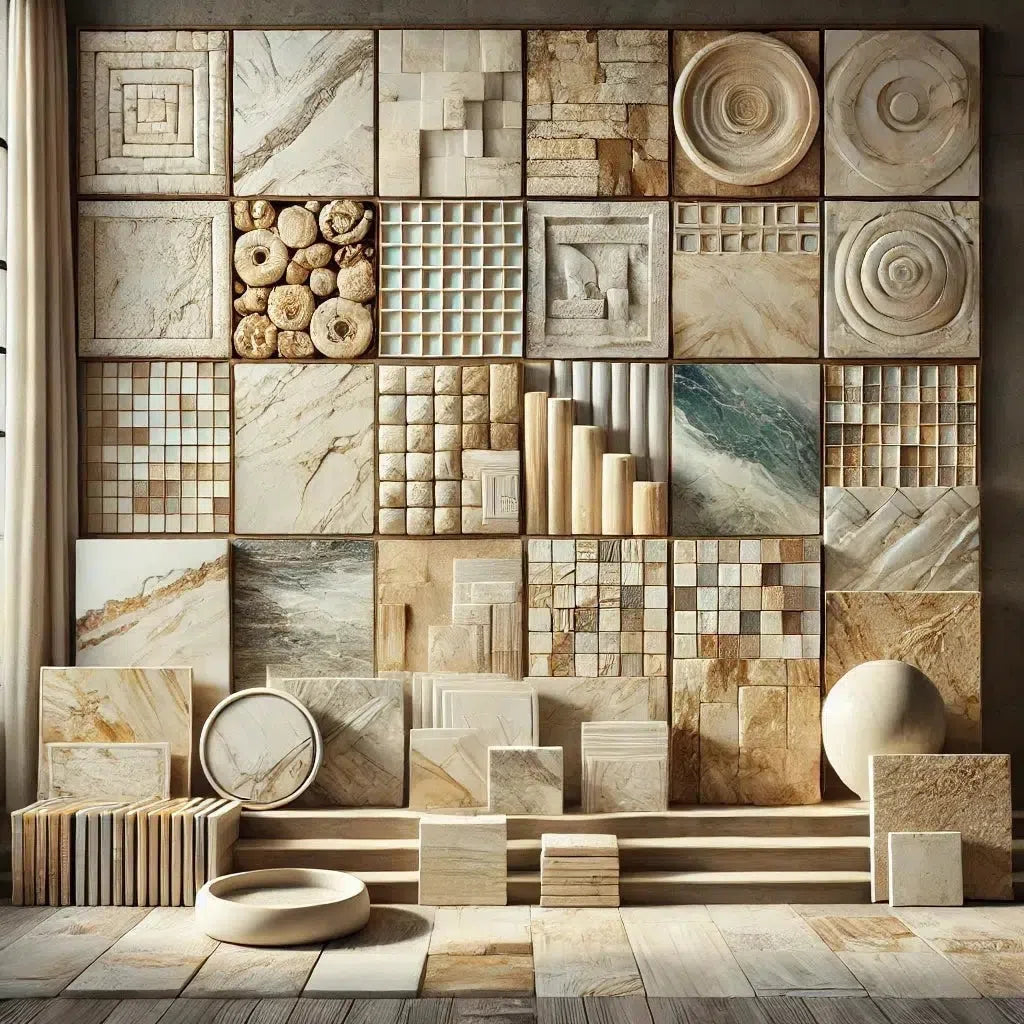 Best Selling Marble Collections
Best Selling Marble Collections
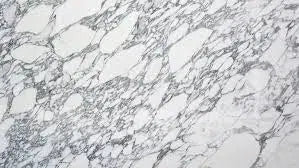 Arabescato Corchia
Arabescato Corchia Bardiglio
Bardiglio Bianco Dolomite
Bianco Dolomite  Carrara White
Carrara White  Calacatta Gold
Calacatta Gold Crema Marfil
Crema Marfil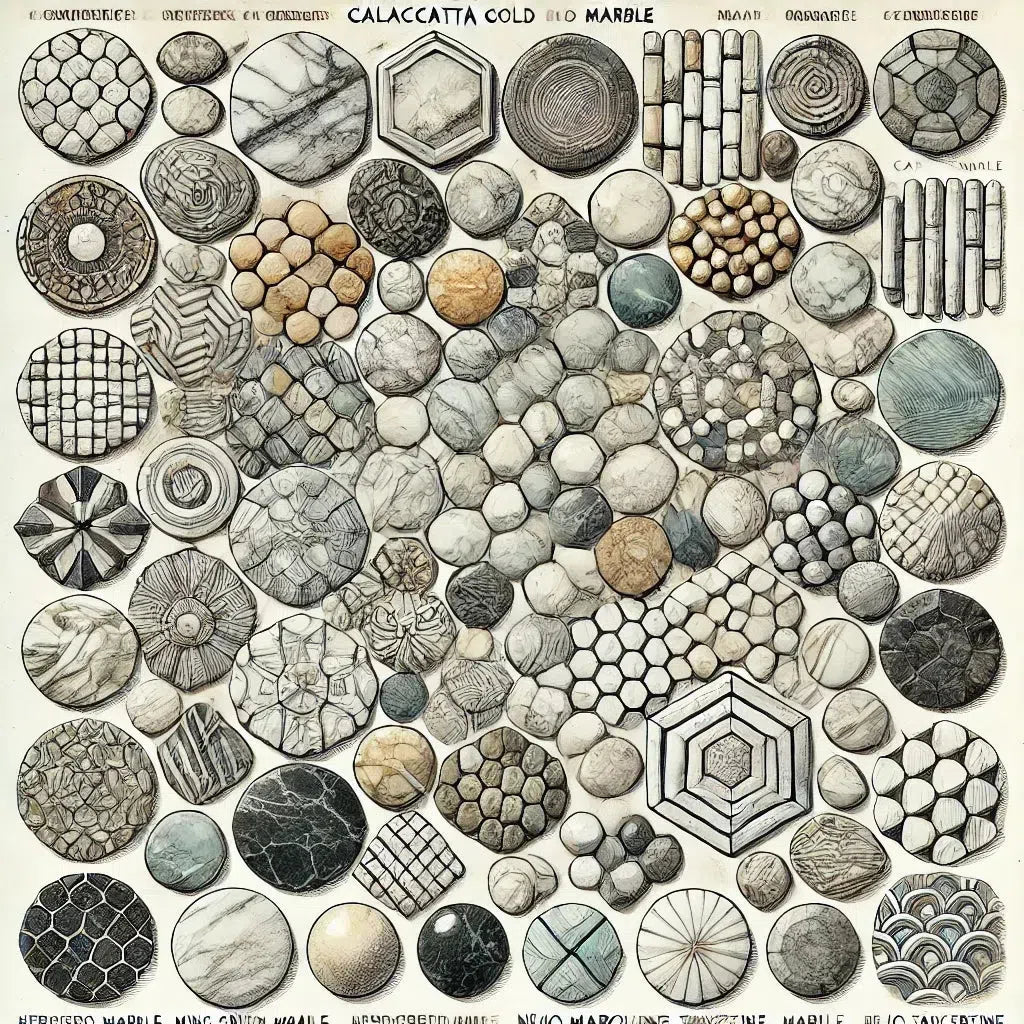 Custom Made Mosaic
Custom Made Mosaic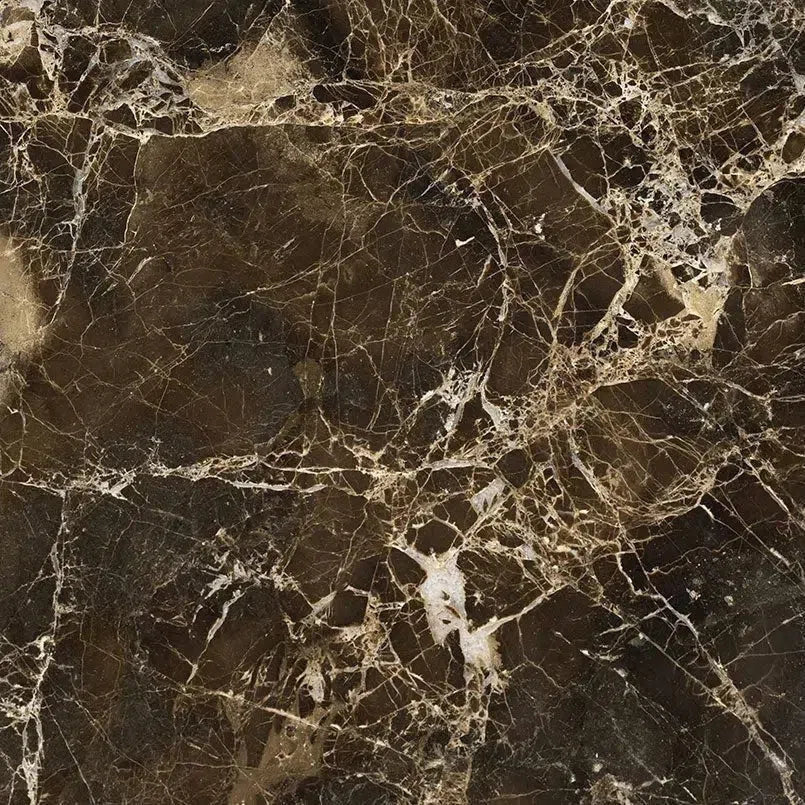 Emperador Dark
Emperador Dark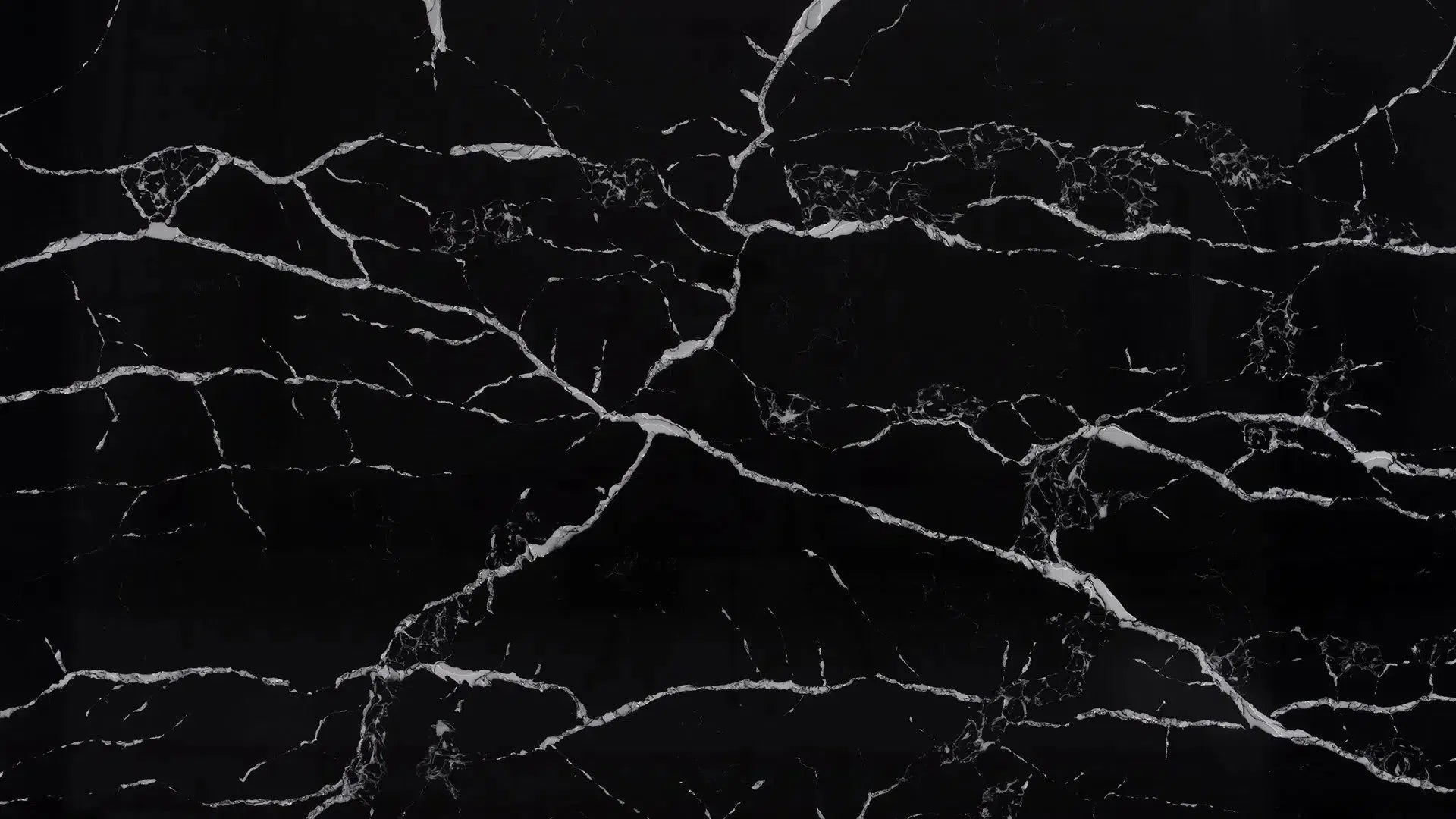 Nero Marquina
Nero Marquina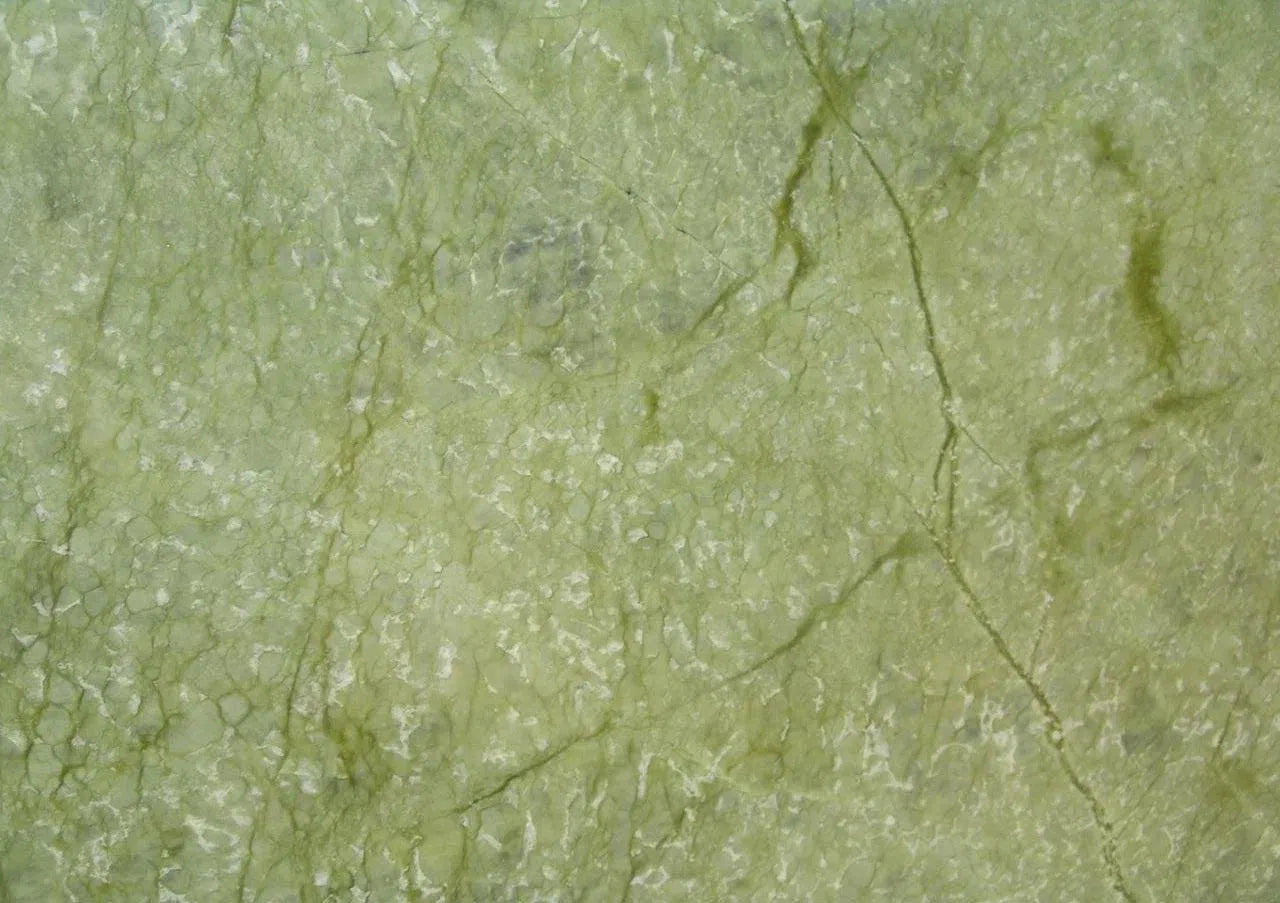 Ming Green Marble
Ming Green Marble Oriental White Marble (Asian Statuary Marble)
Oriental White Marble (Asian Statuary Marble)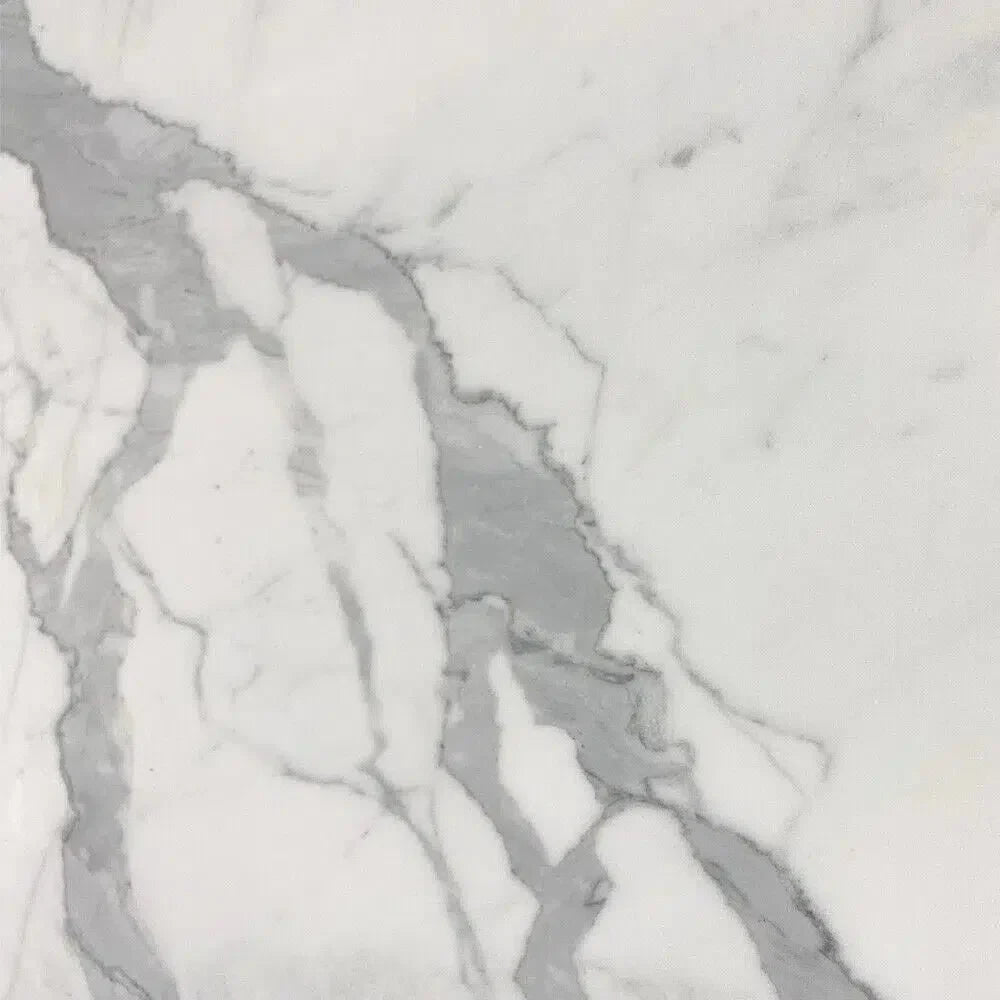 Statuary - Statuario White (Italian) Marble
Statuary - Statuario White (Italian) Marble Thassos White
Thassos White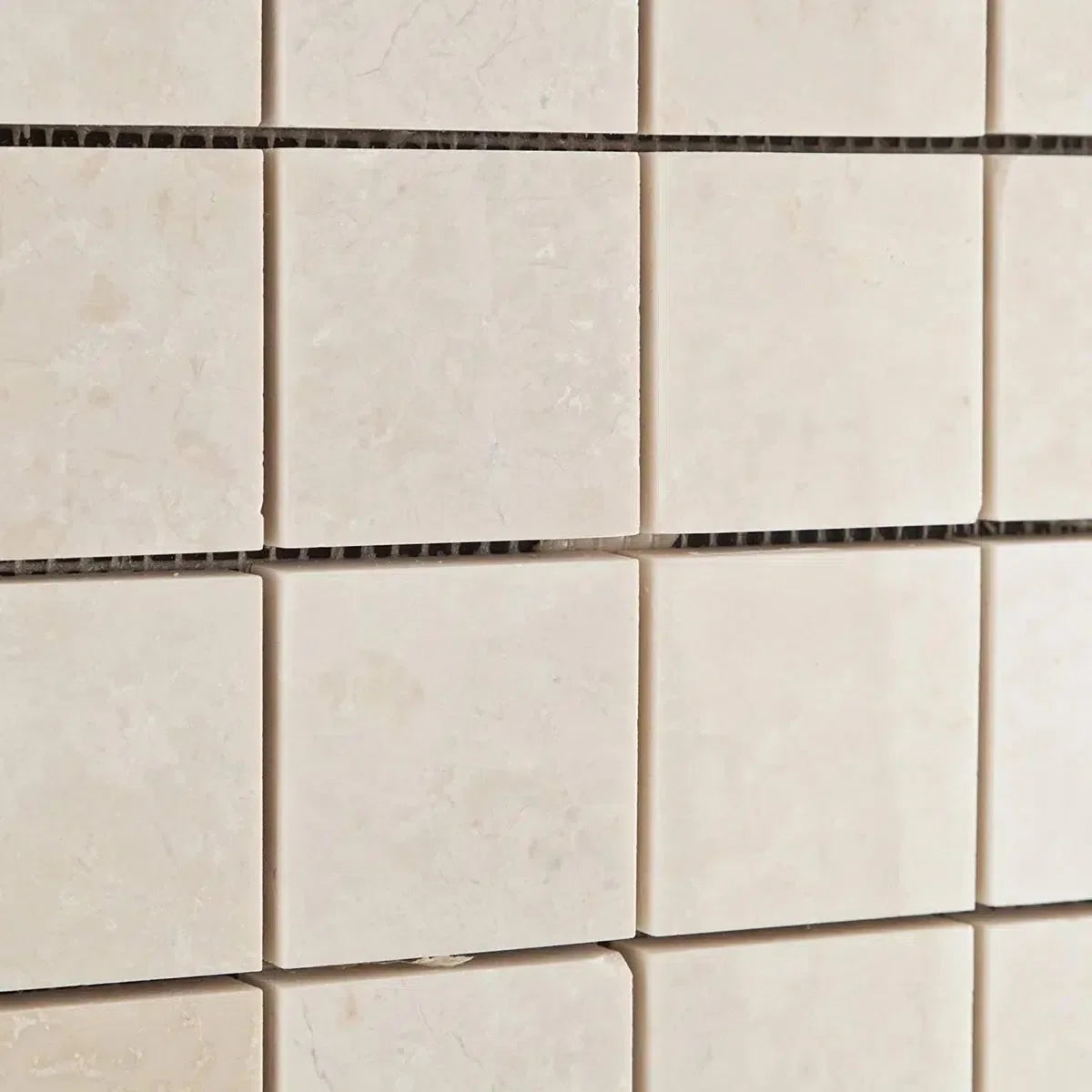 White Pearl/Botticino Beige Marble
White Pearl/Botticino Beige Marble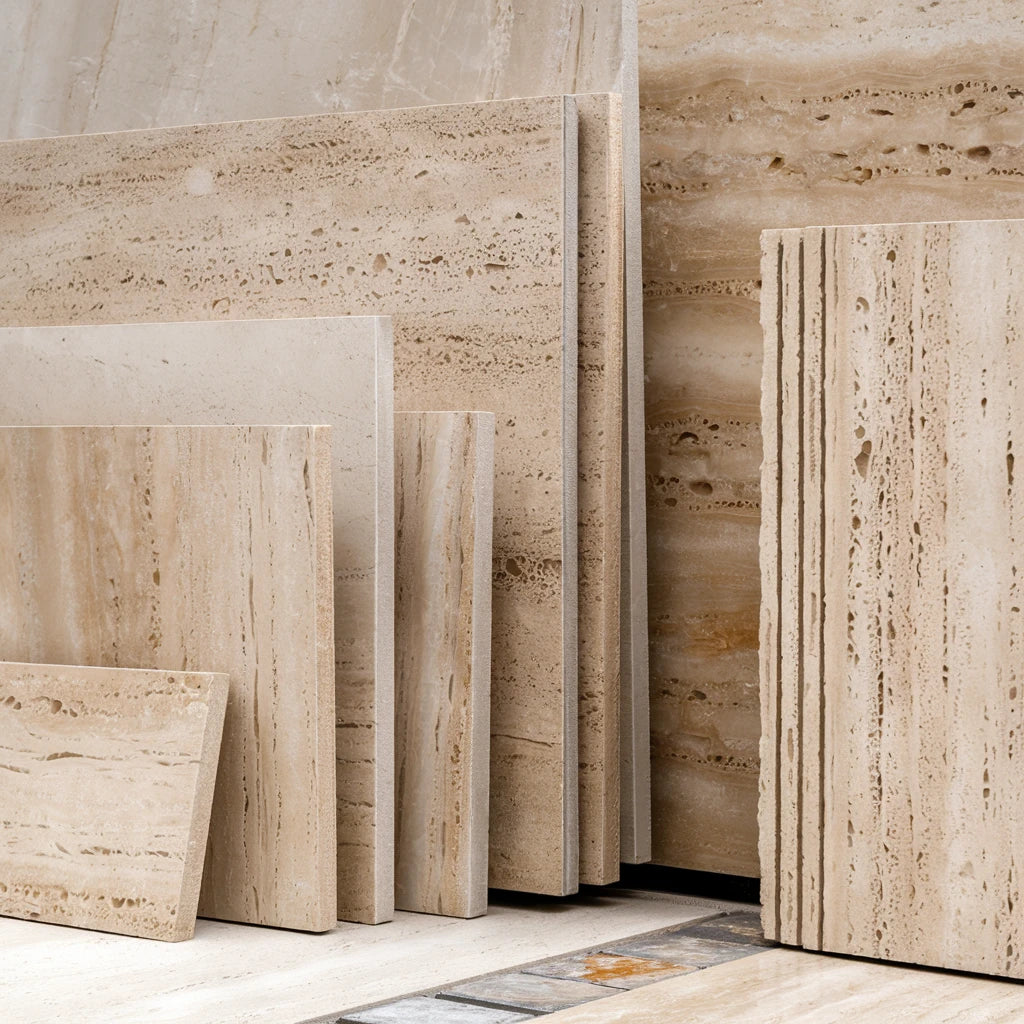 Best Selling Travertine Collections
Best Selling Travertine Collections
 Ivory Travertine
Ivory Travertine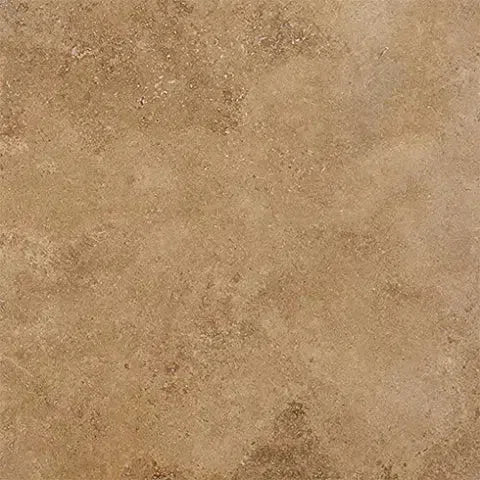 Noce Travertine
Noce Travertine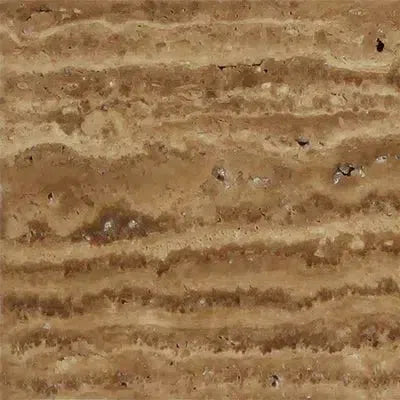 Exotic Noce Travertine
Exotic Noce Travertine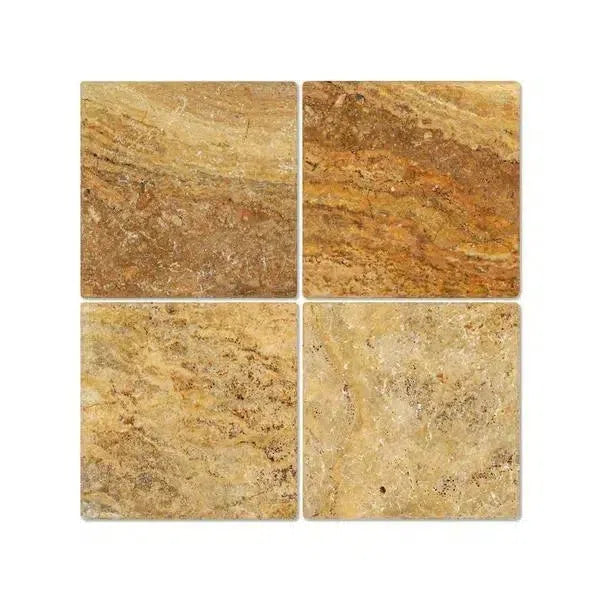 Scabos | Autumn Leaves Travertine
Scabos | Autumn Leaves Travertine Silver Travertine
Silver Travertine Exotic Travertine
Exotic Travertine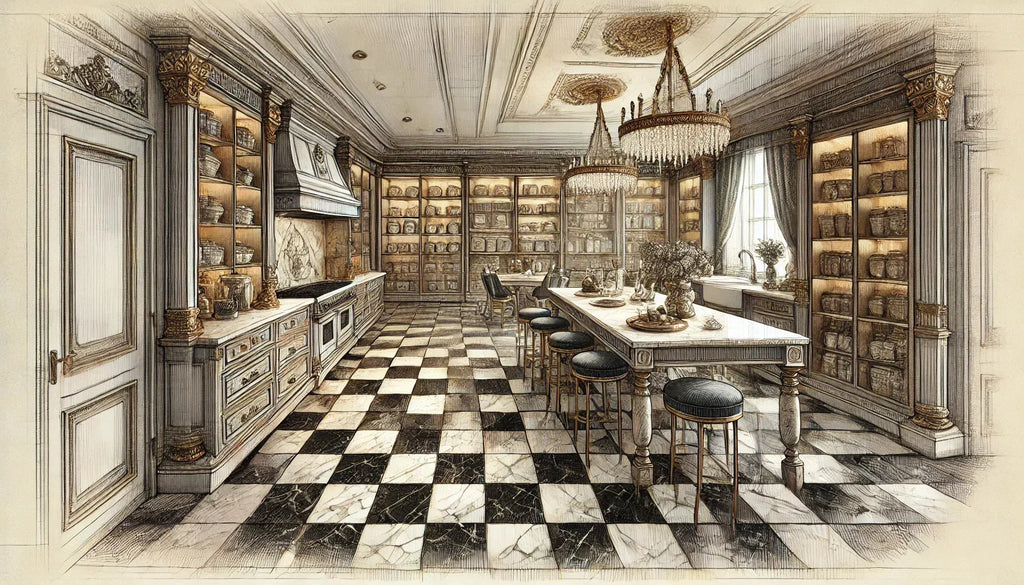 Checkerboard
Checkerboard
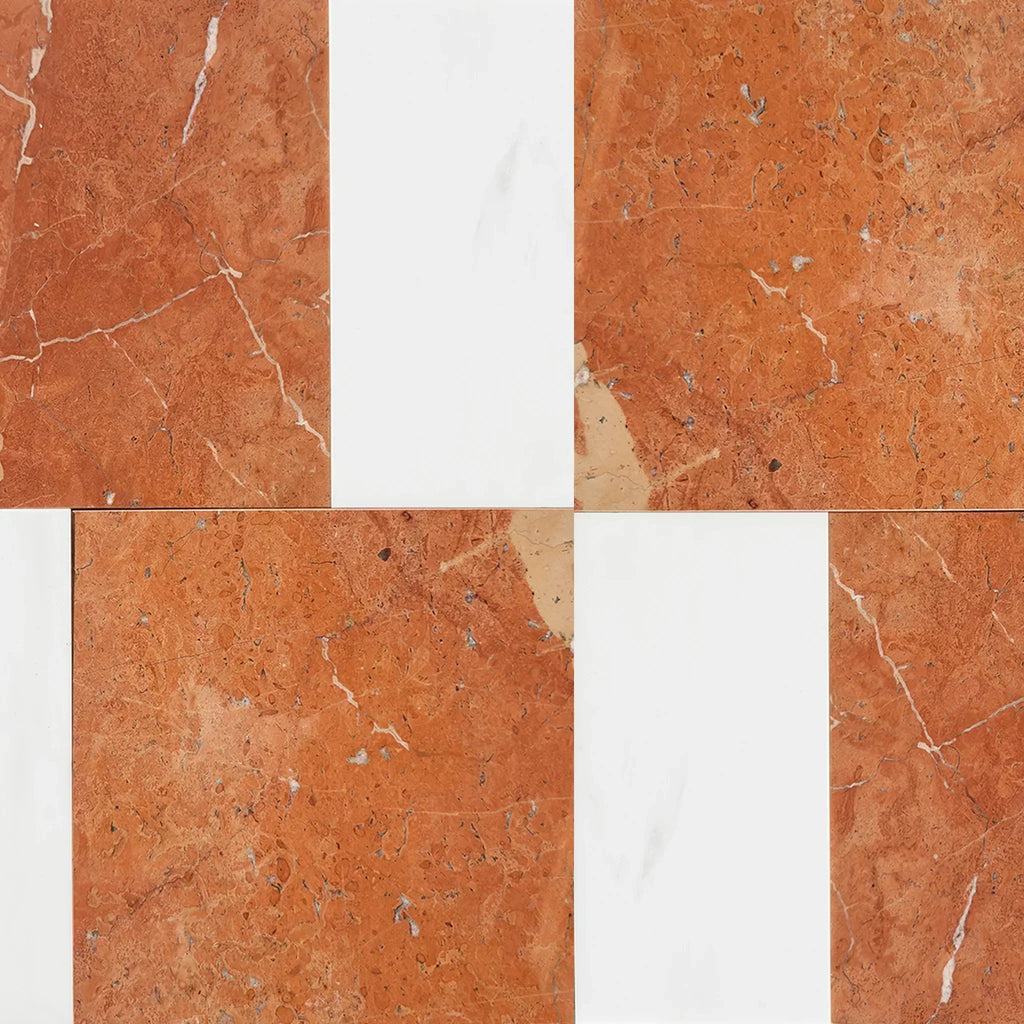 Patterned Tile
Patterned Tile
 Shop By Material
Shop By Material
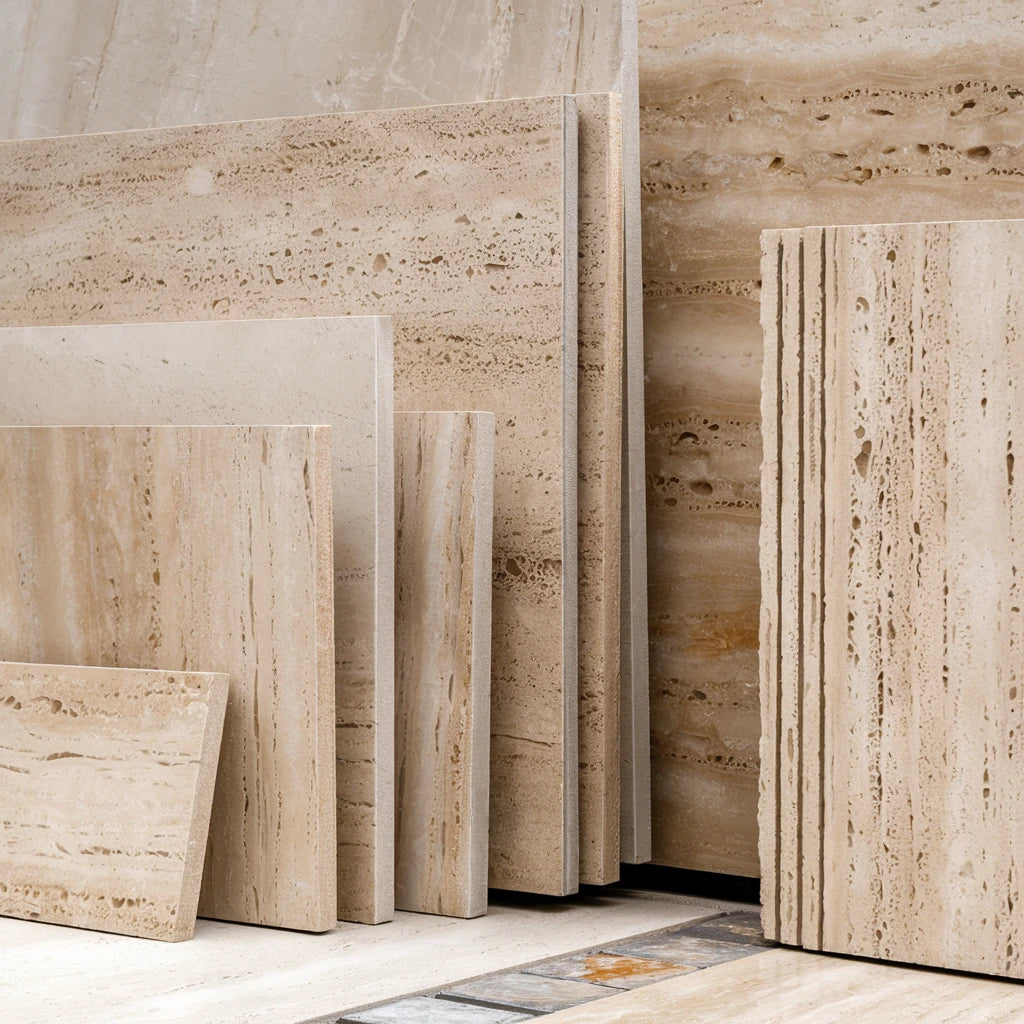 Travertine
Travertine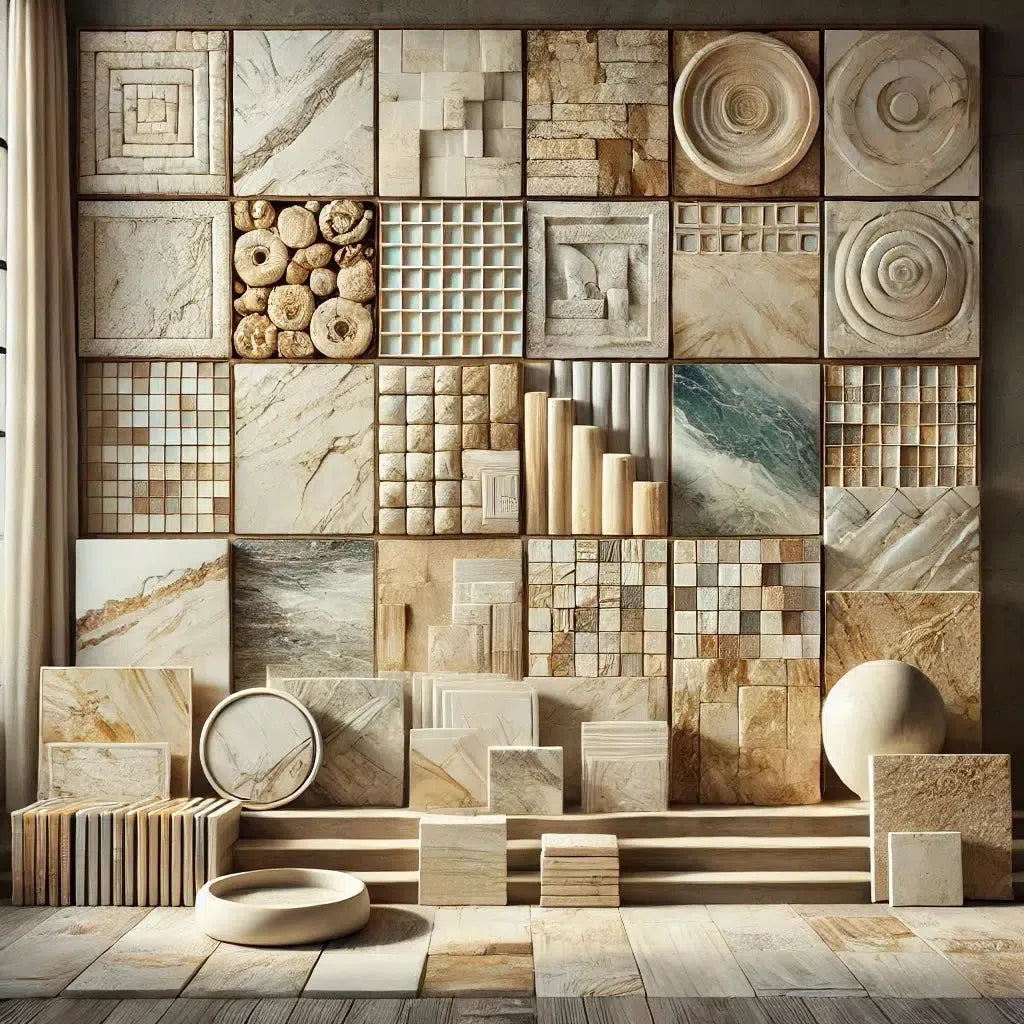 Marble
Marble Limestone
Limestone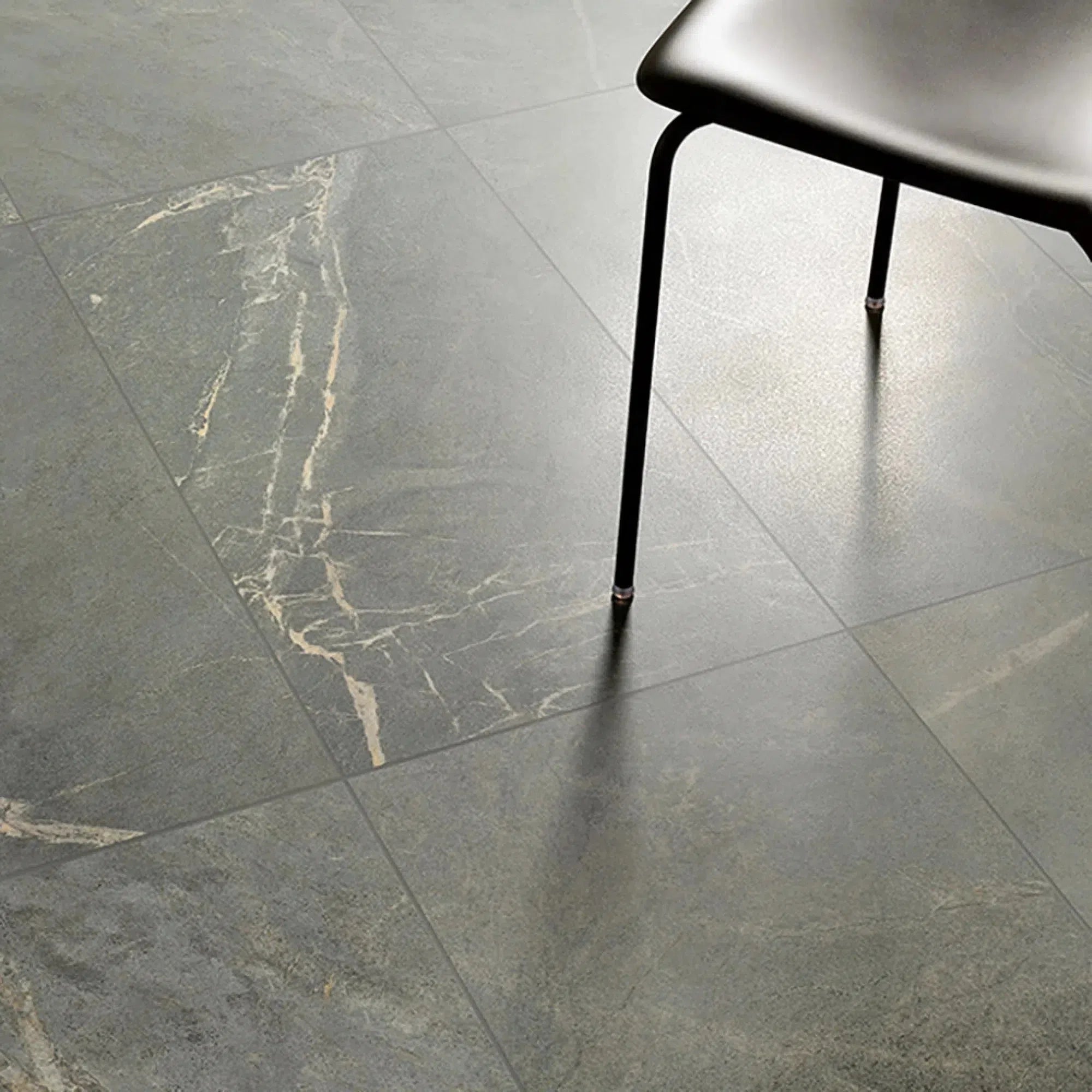 Soap Stone
Soap Stone Quartz
Quartz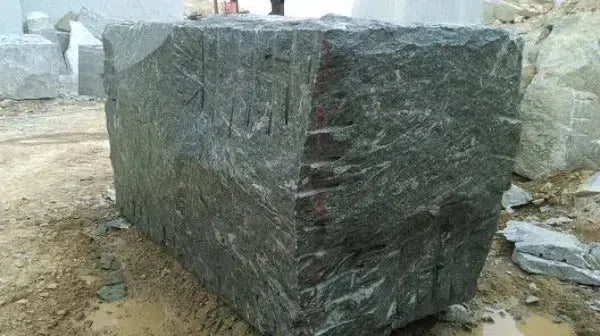 Granite
Granite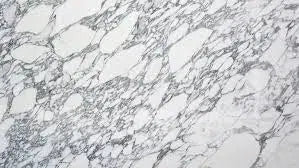 Shop By Name
Shop By Name
 Absolute Black Granite
Absolute Black Granite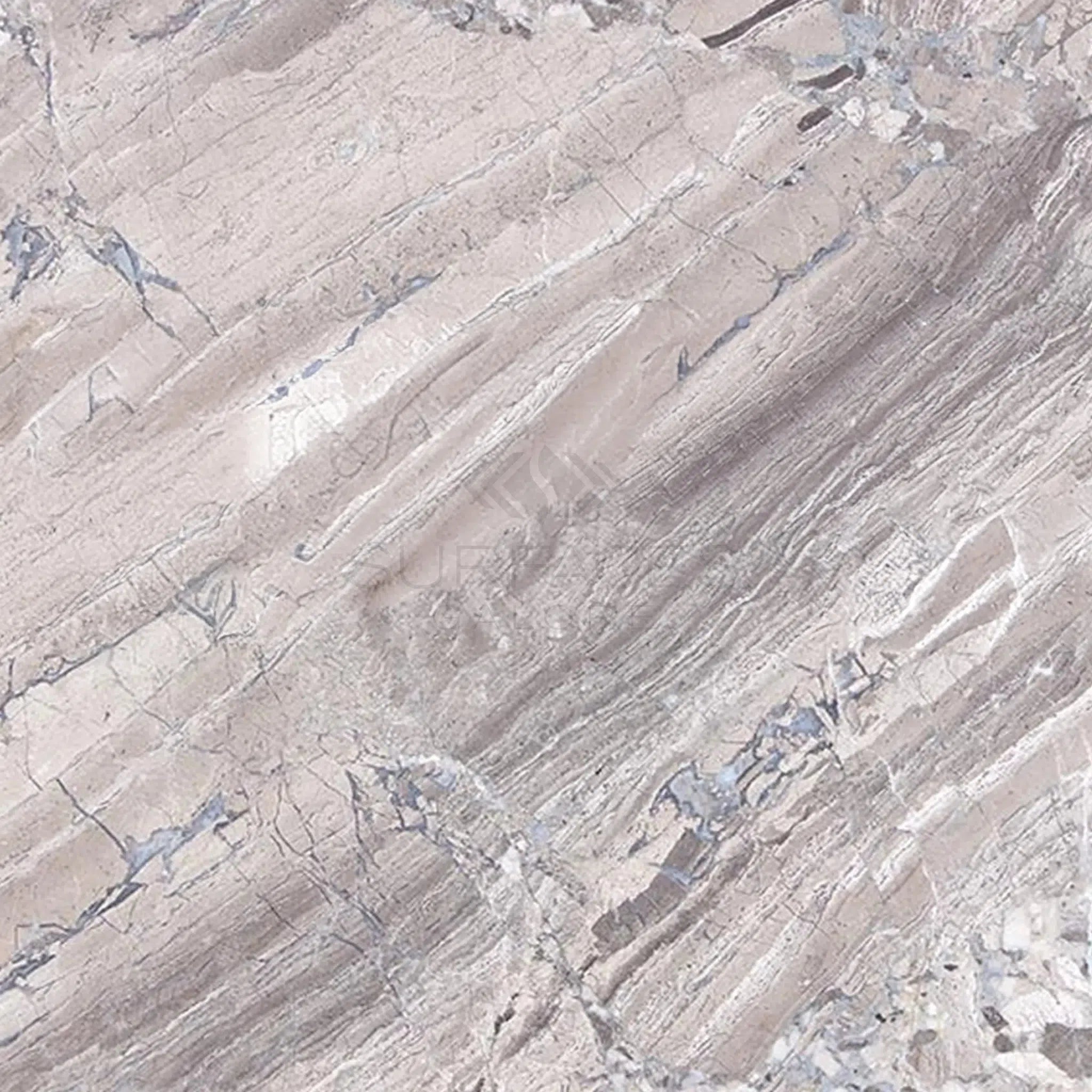 Atlantic Gray Marble
Atlantic Gray Marble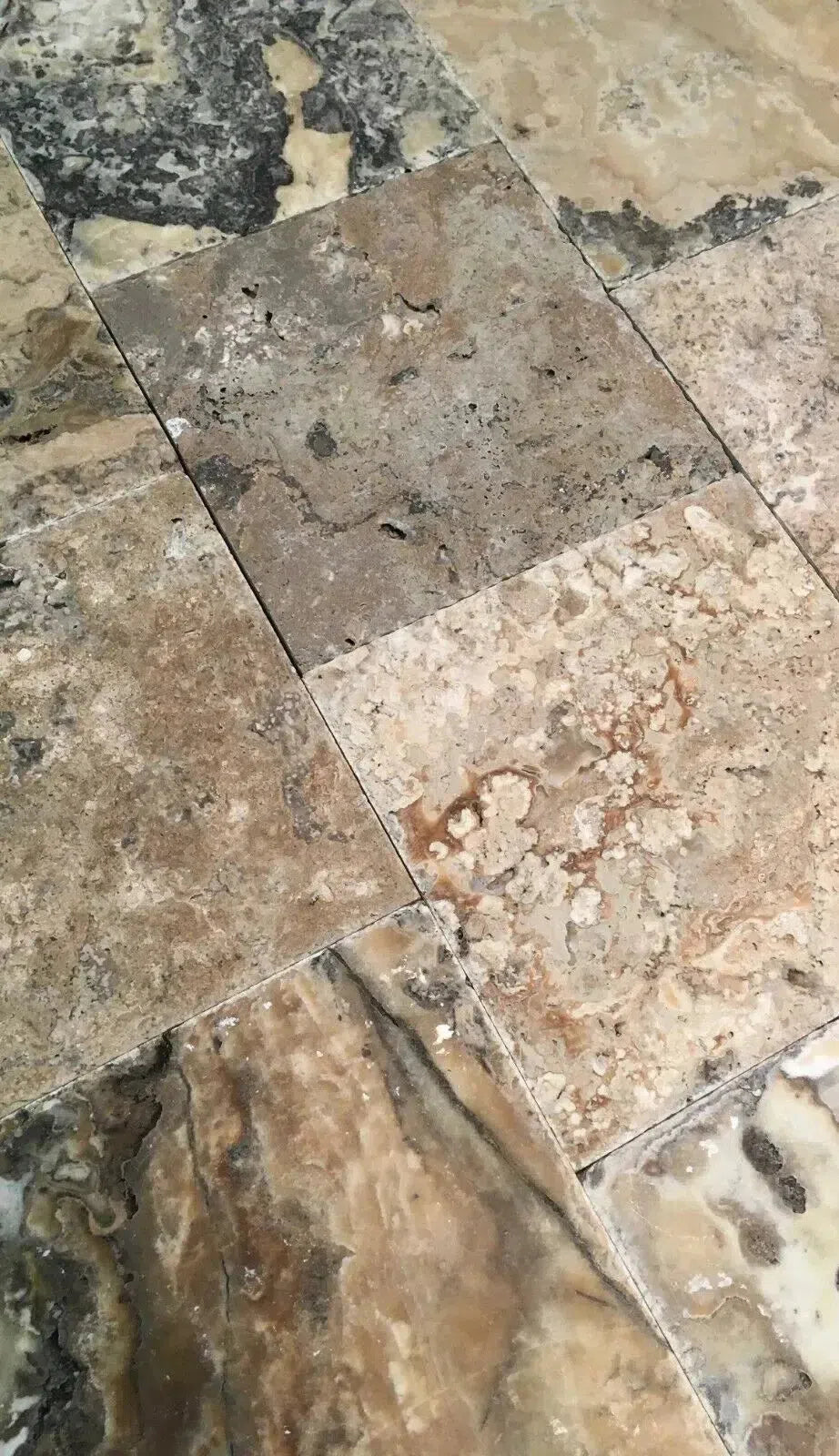 Antico Onyx Travertine
Antico Onyx Travertine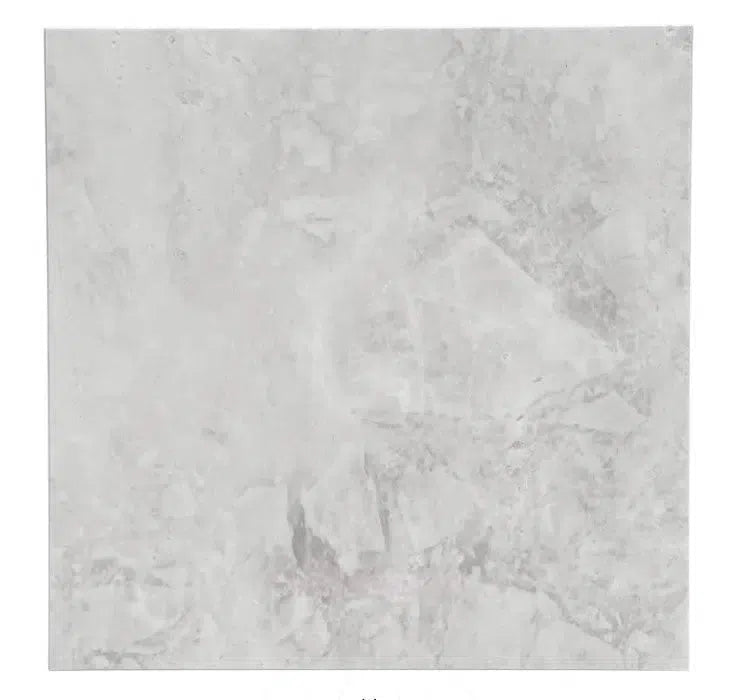 Bianco Congelato Dolomite
Bianco Congelato Dolomite Bianco Venatino (Bianco Mare) Marble
Bianco Venatino (Bianco Mare) Marble Burgundy Mocha Marble
Burgundy Mocha Marble Calacatta Verde Royale Marble
Calacatta Verde Royale Marble Cappuccino Marble
Cappuccino Marble Diano Royal (Queen Beige) Marble
Diano Royal (Queen Beige) Marble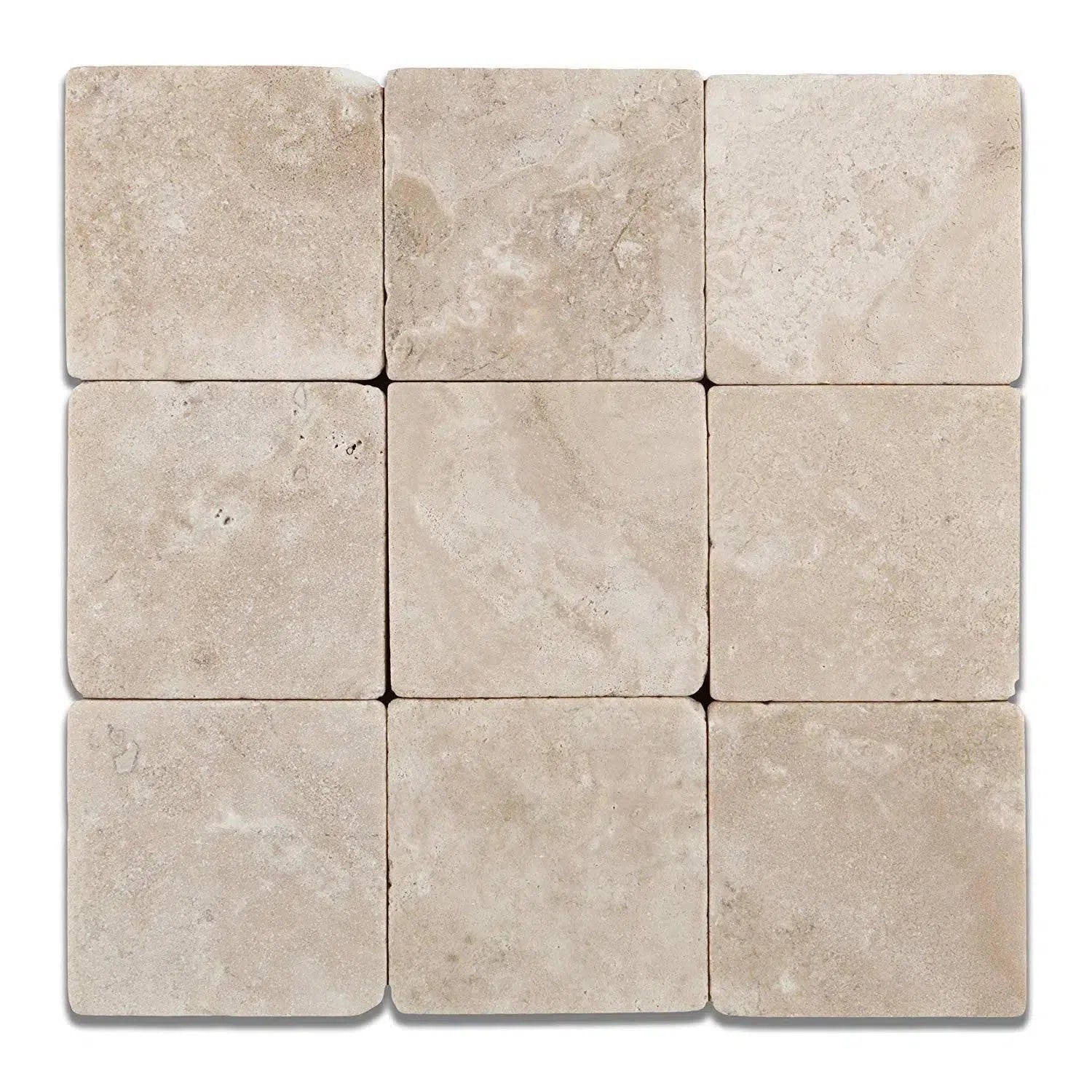 Durango Cream Traverine
Durango Cream Traverine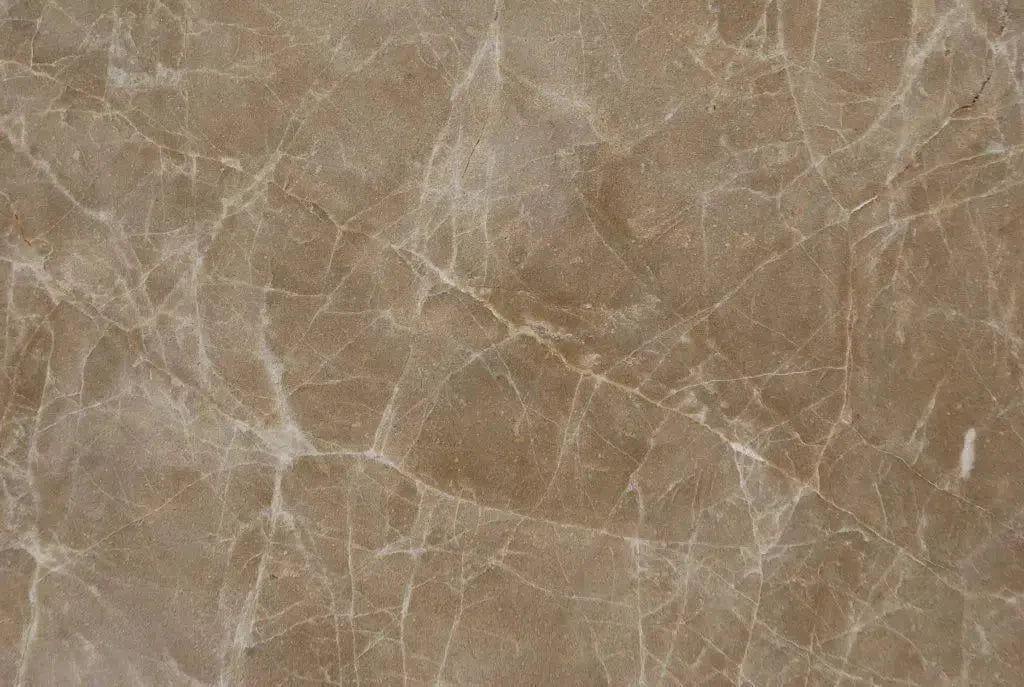 Emperador Light Marble
Emperador Light Marble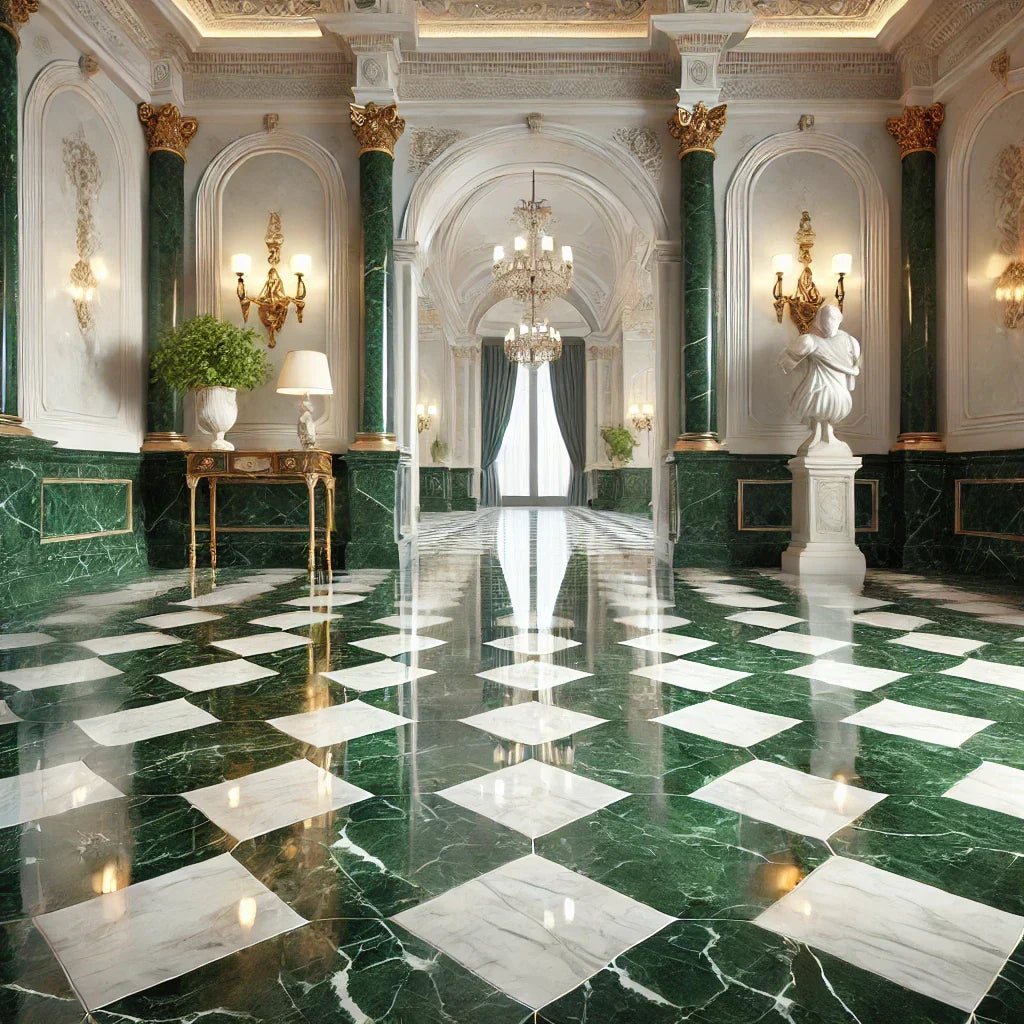 Empress Green Marble
Empress Green Marble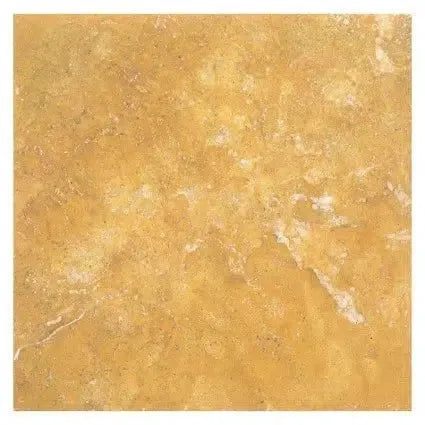 Gold/Yellow Travertine
Gold/Yellow Travertine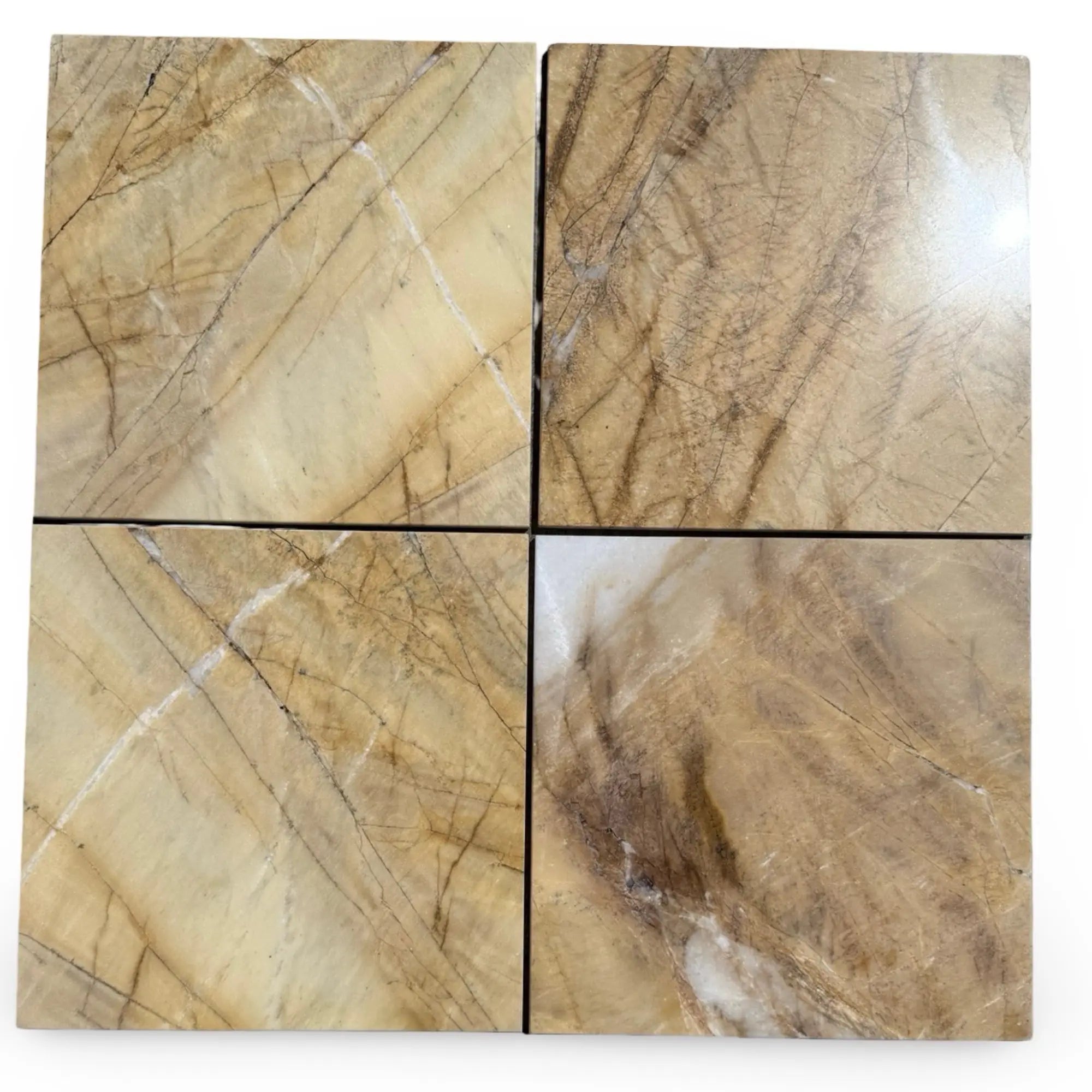 Golden Horizon Marble
Golden Horizon Marble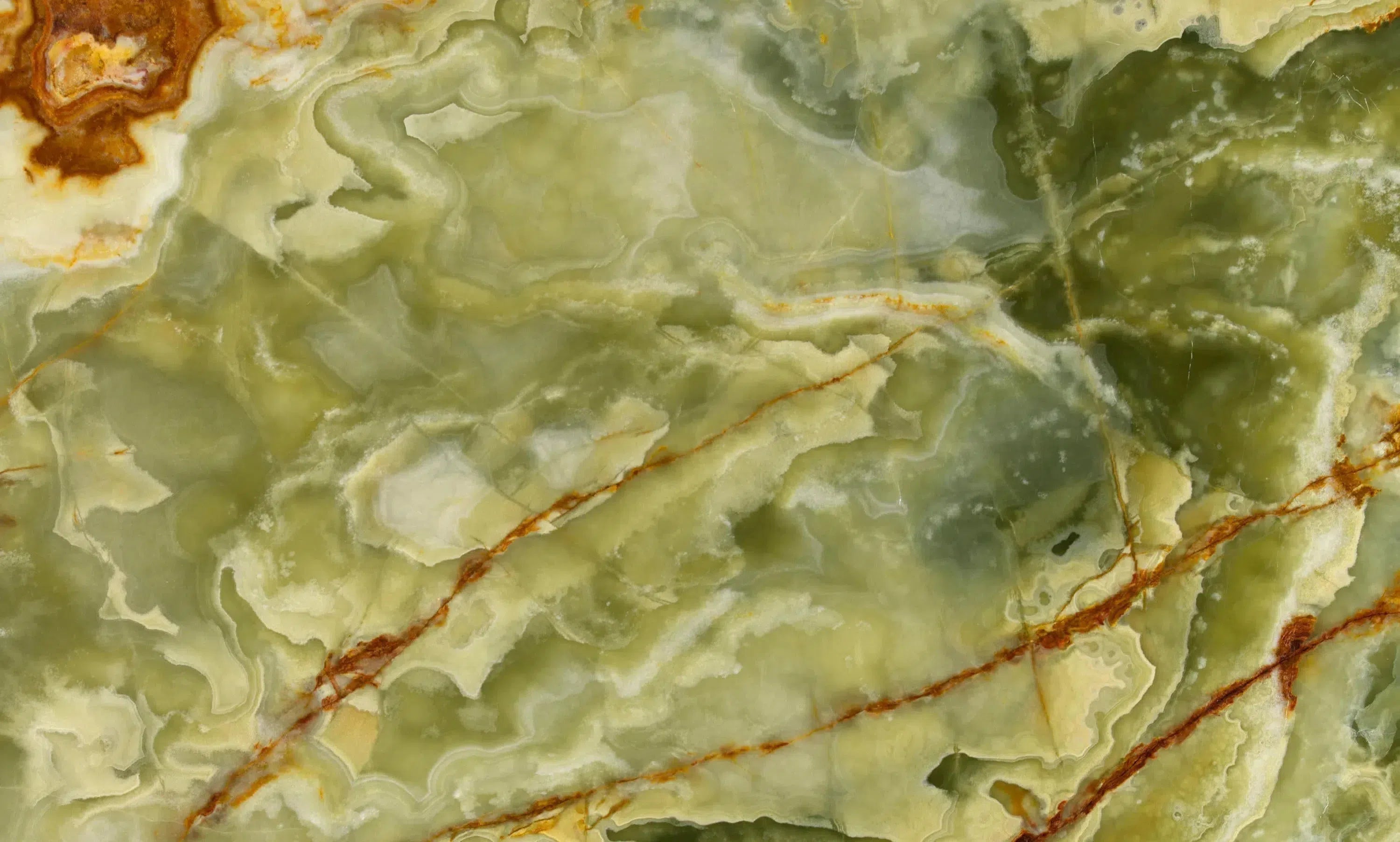 Green Onyx Marble
Green Onyx Marble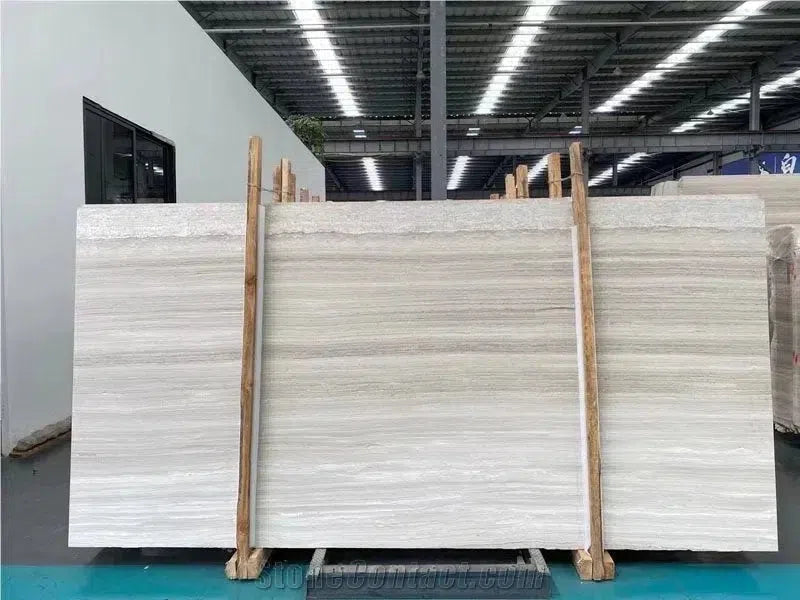 Haisa Light (White Wood) Limestone
Haisa Light (White Wood) Limestone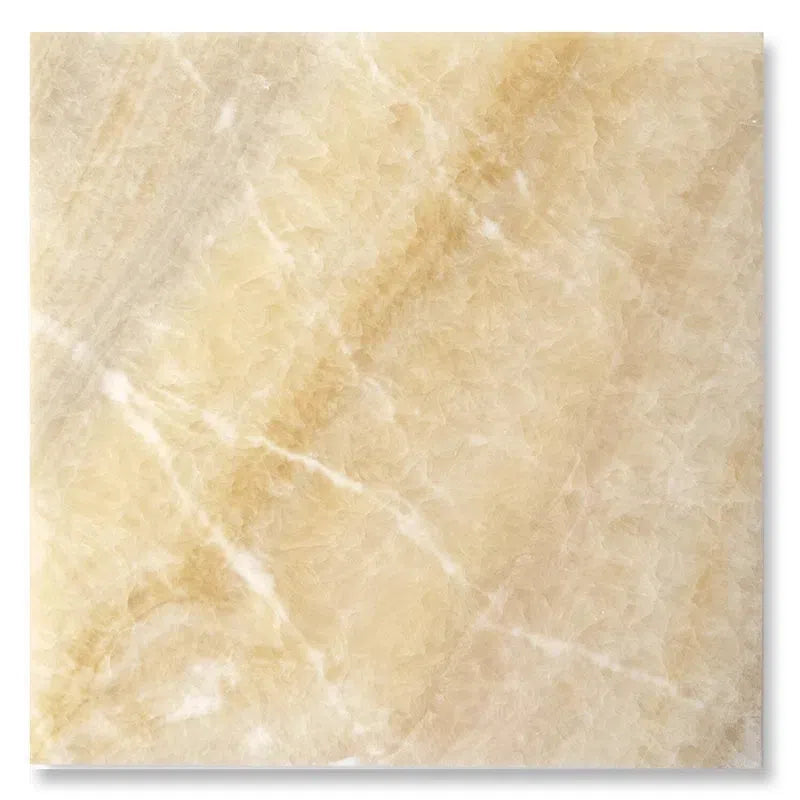 Honey Onyx Marble
Honey Onyx Marble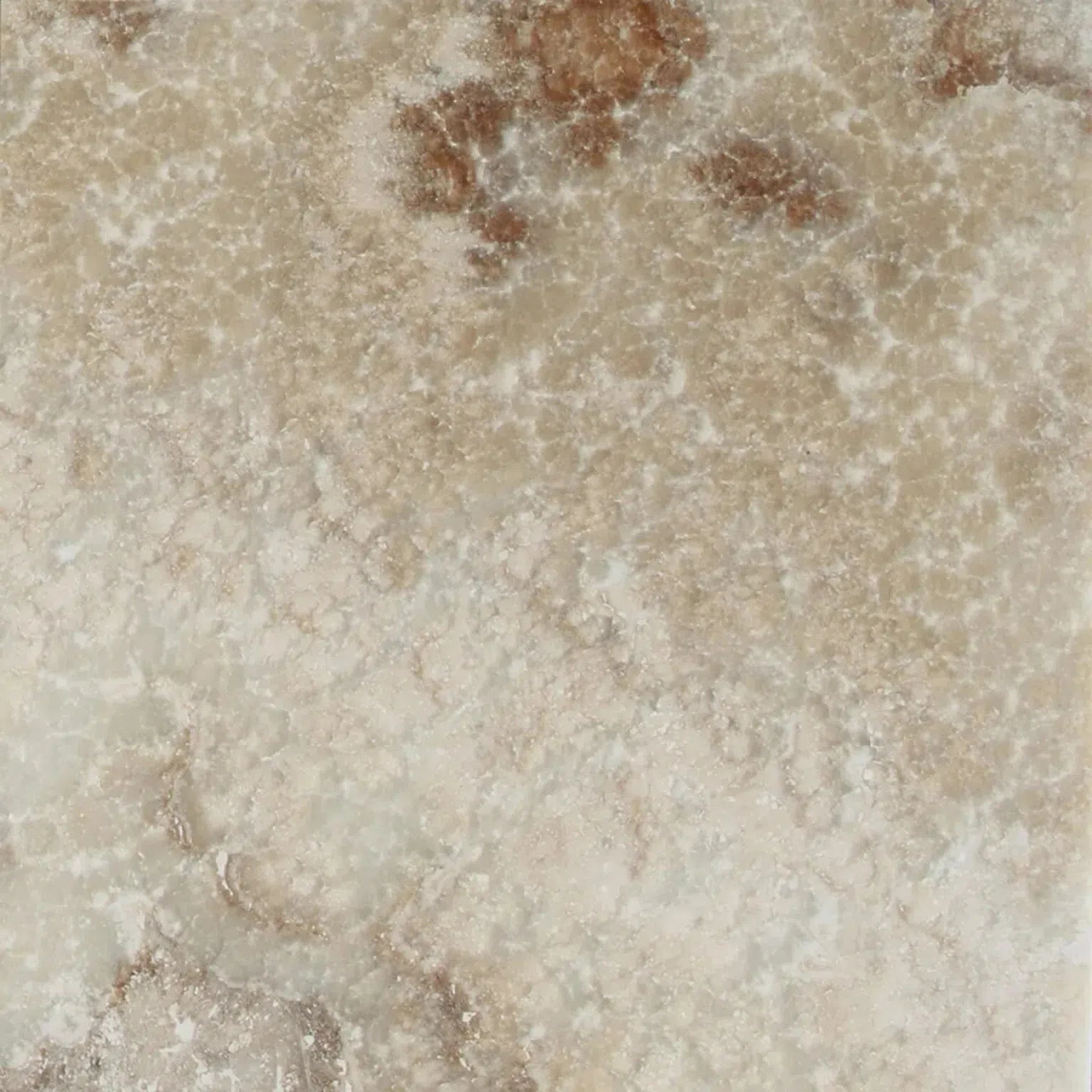 La Travonya Travertine
La Travonya Travertine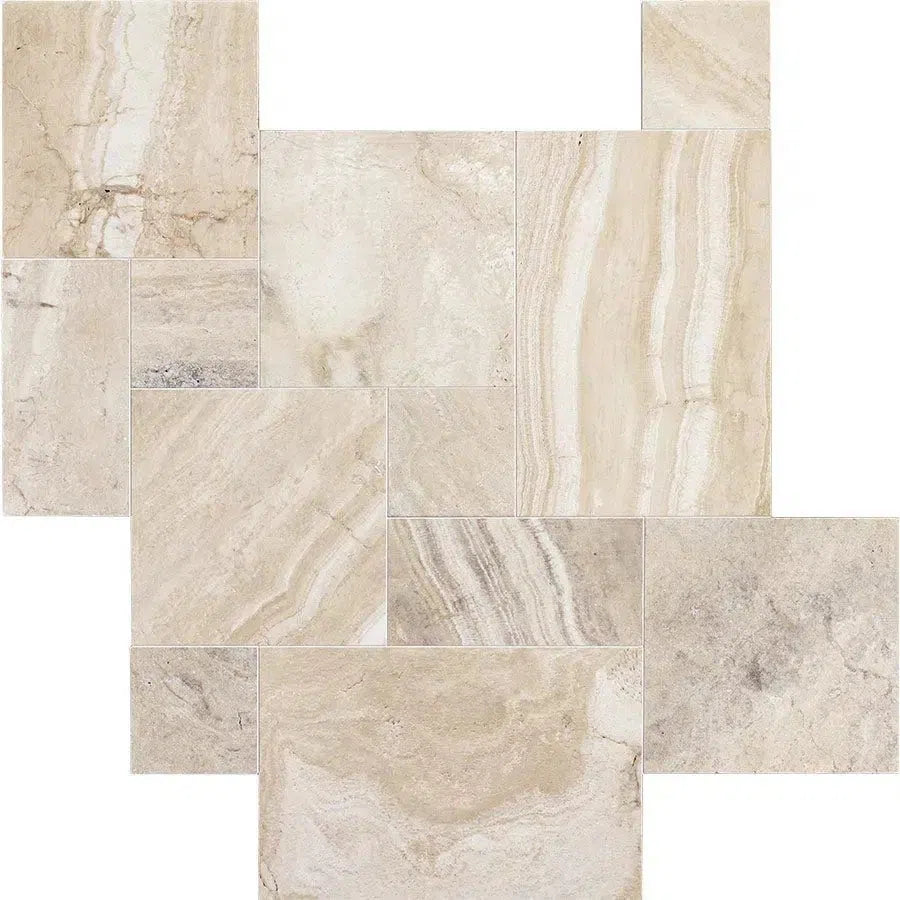 Malibu Travertine
Malibu Travertine Mink (Equator) Marble
Mink (Equator) Marble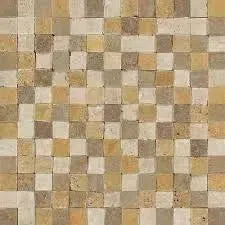 Mixed (Ivory-Noce-Gold) Travertine
Mixed (Ivory-Noce-Gold) Travertine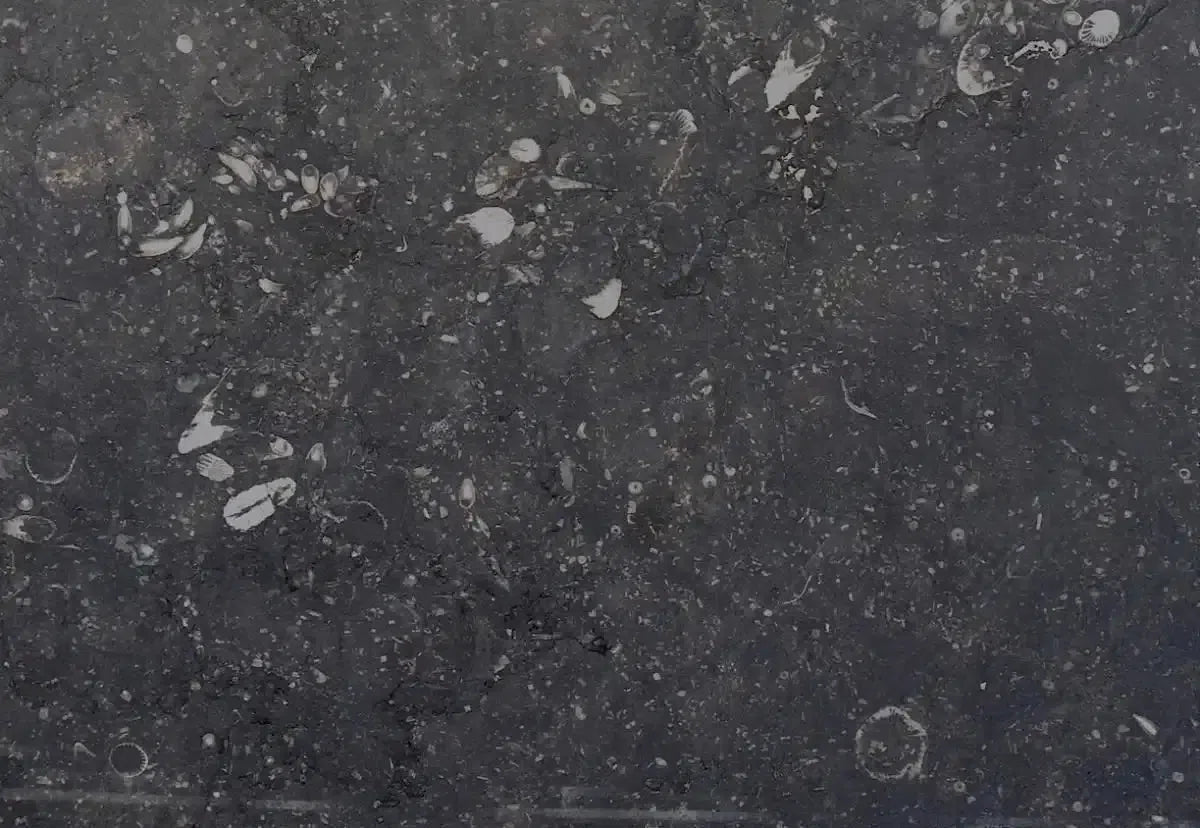 Pierre Bleue (Pierre Blue) Marble
Pierre Bleue (Pierre Blue) Marble Philadelphia Travertine
Philadelphia Travertine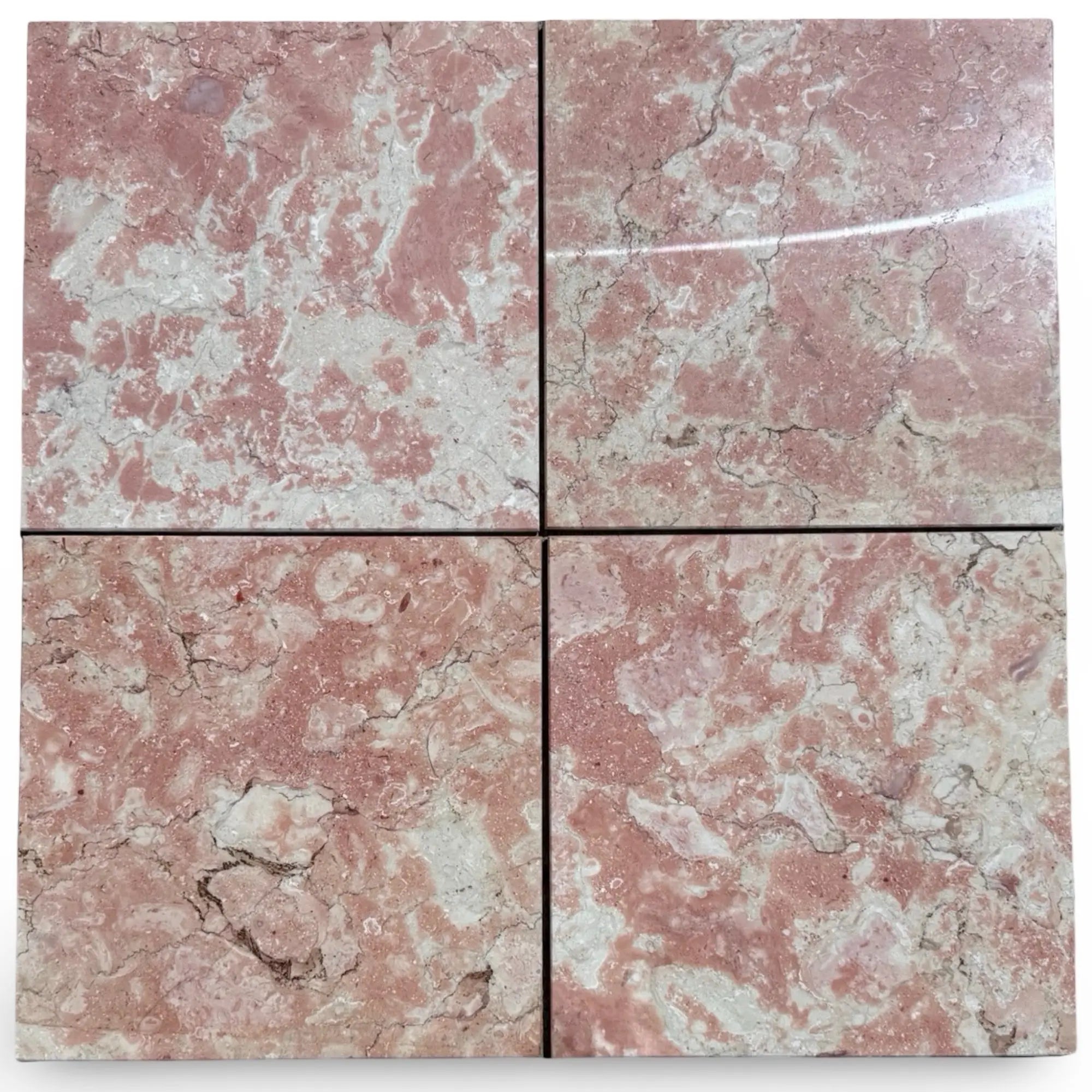 Rosé Aurora Marble
Rosé Aurora Marble Rosetta Storm Marble
Rosetta Storm Marble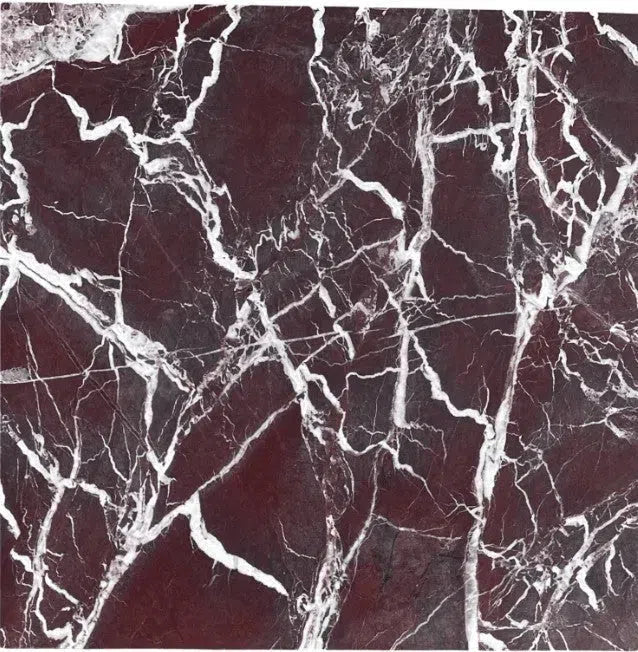 Rosso Levanto Marble
Rosso Levanto Marble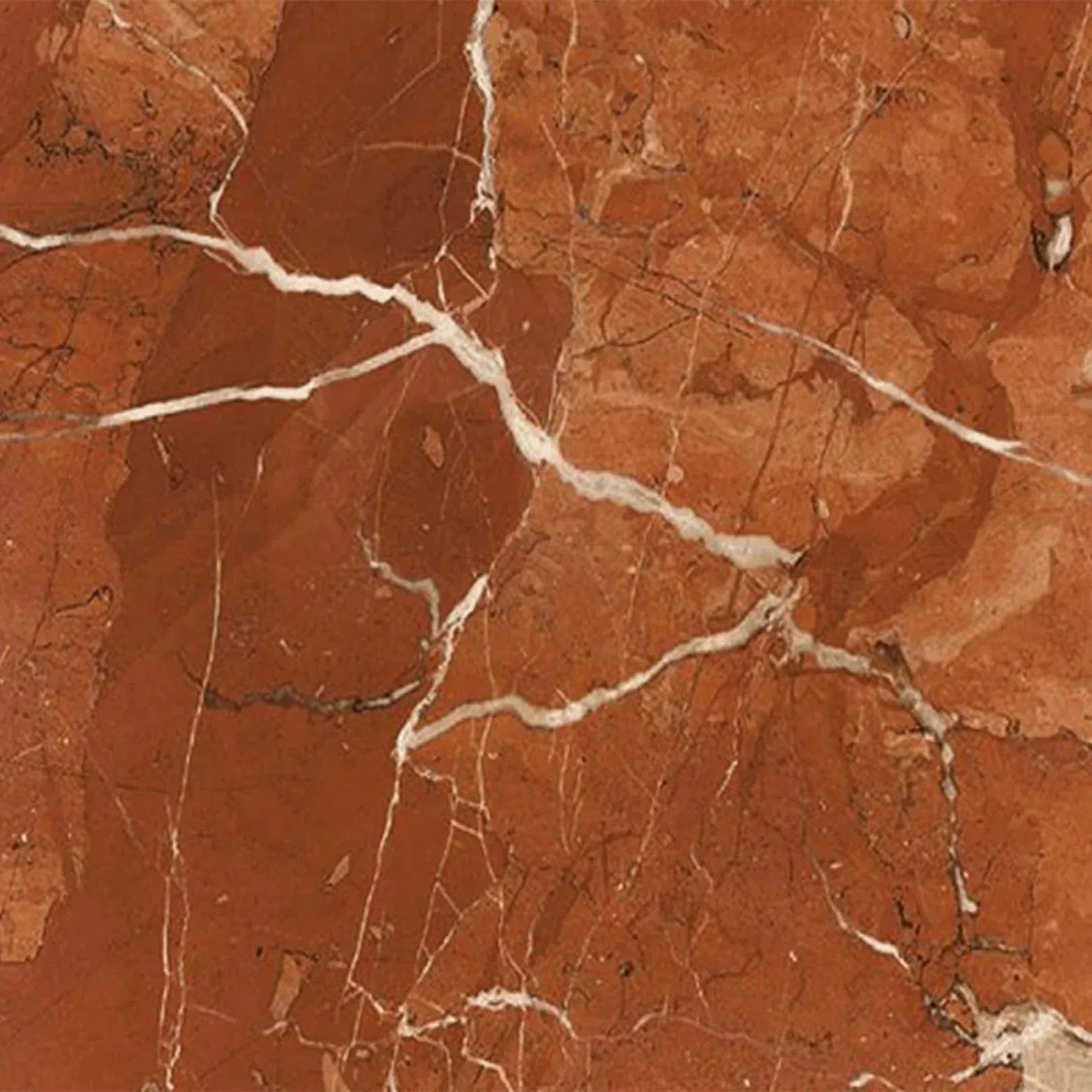 Rojo Alicante Marble
Rojo Alicante Marble Sahara Ember Marble
Sahara Ember Marble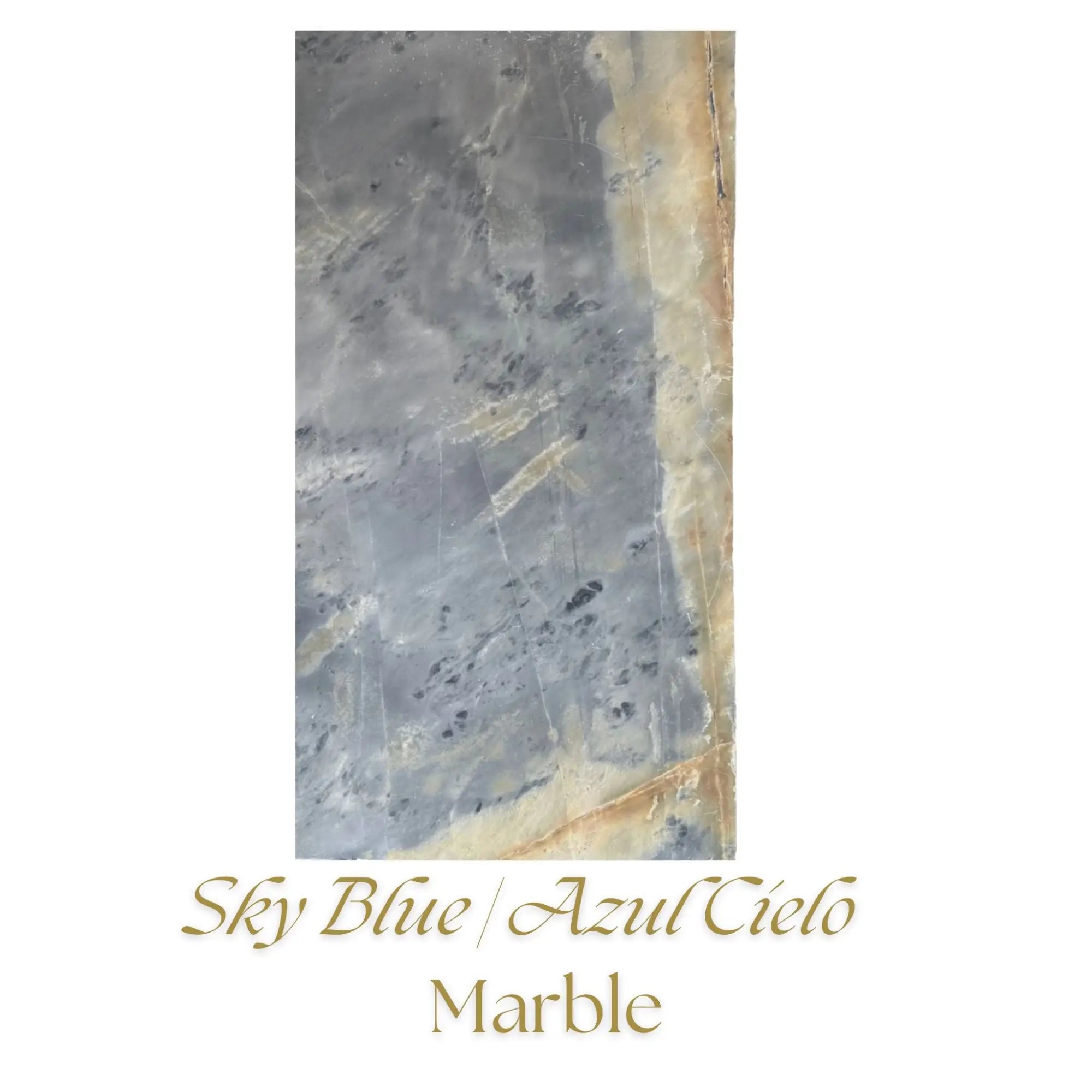 Sky Blue | Azul Cielo Marble
Sky Blue | Azul Cielo Marble Snow White (Afyon White) Marble
Snow White (Afyon White) Marble Spanish Mix Marble
Spanish Mix Marble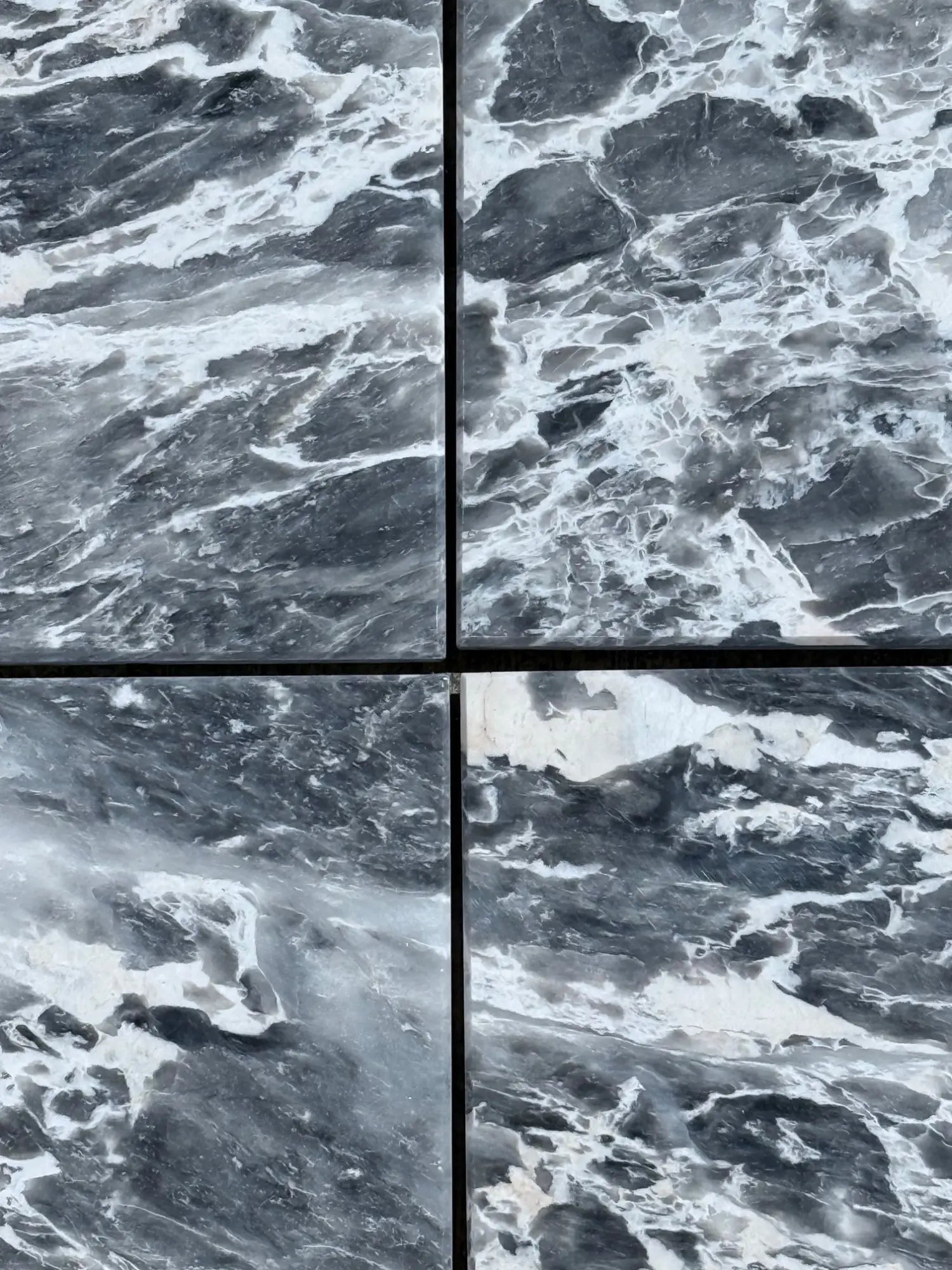 Storm Gray Marble
Storm Gray Marble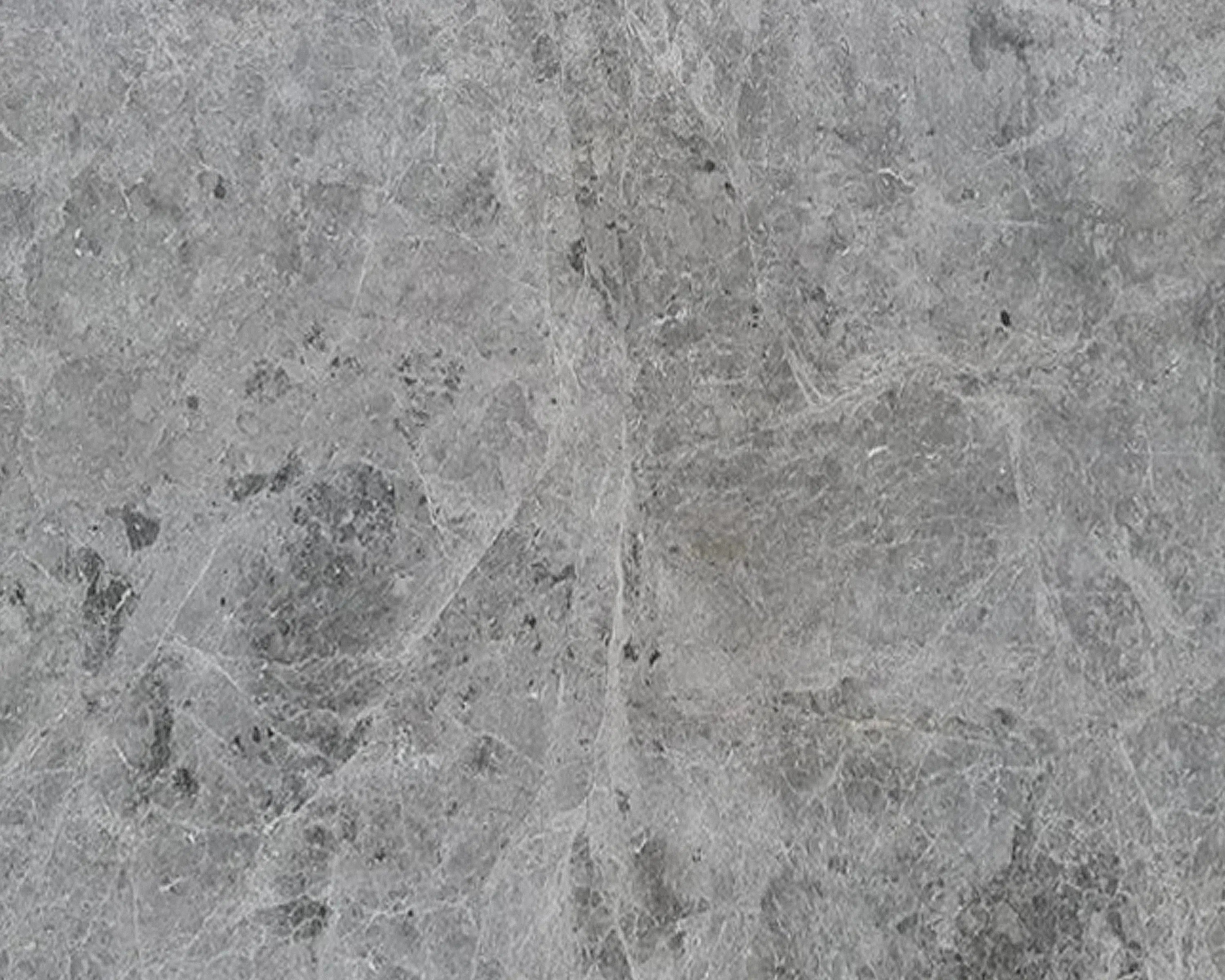 Tundra Gray (Atlantic Gray) Marble
Tundra Gray (Atlantic Gray) Marble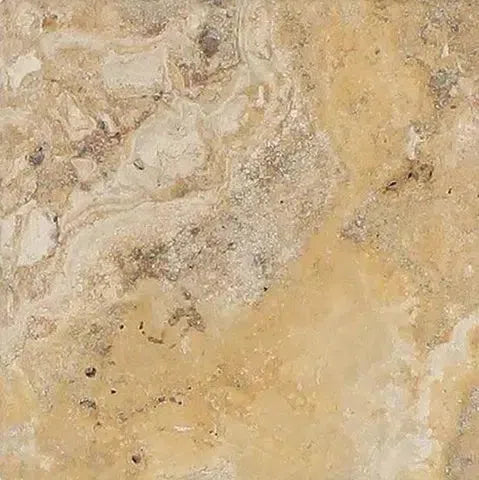 Valencia Travertine
Valencia Travertine Valerenga Travertine
Valerenga Travertine Walnut Travertine
Walnut Travertine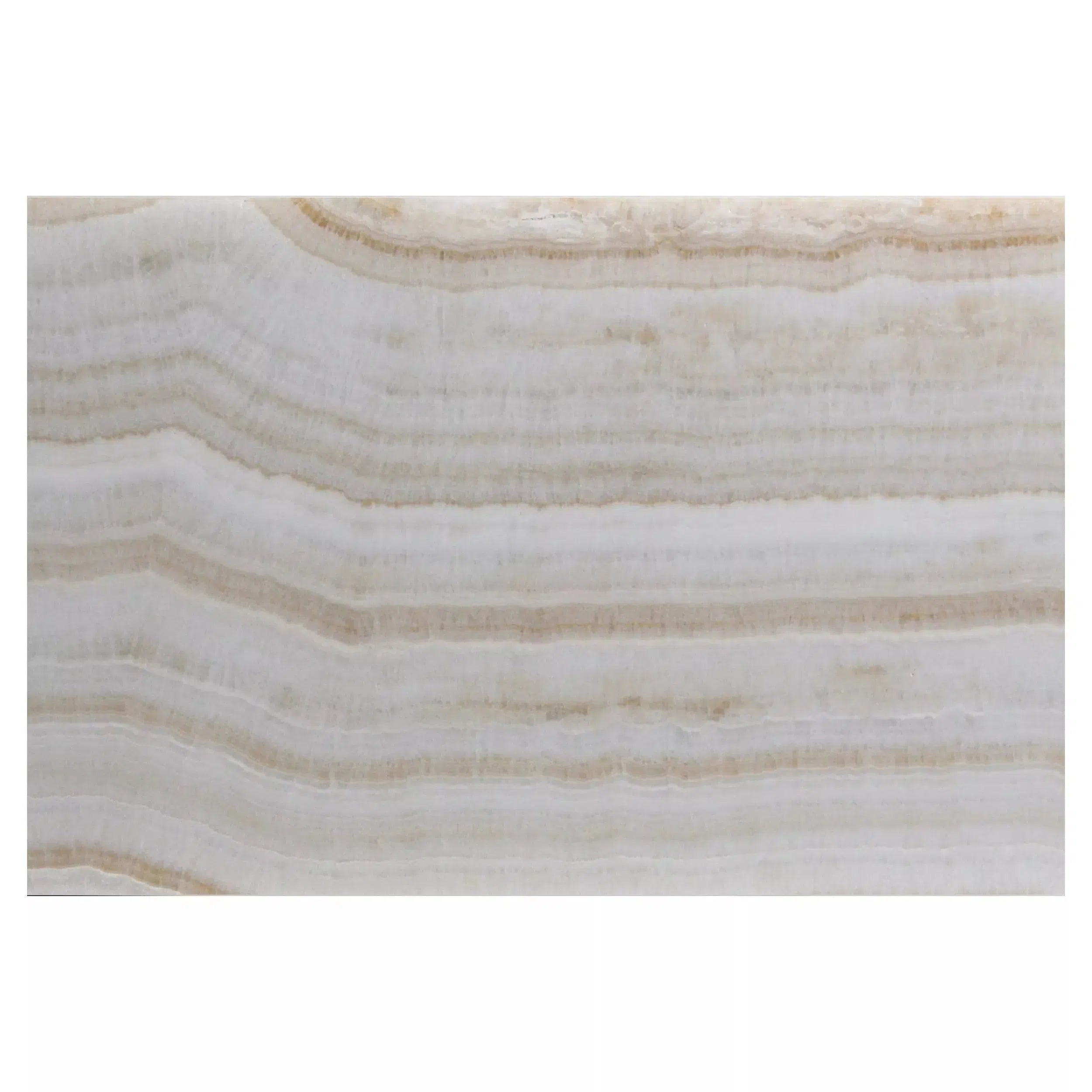 White Onyx Marble
White Onyx Marble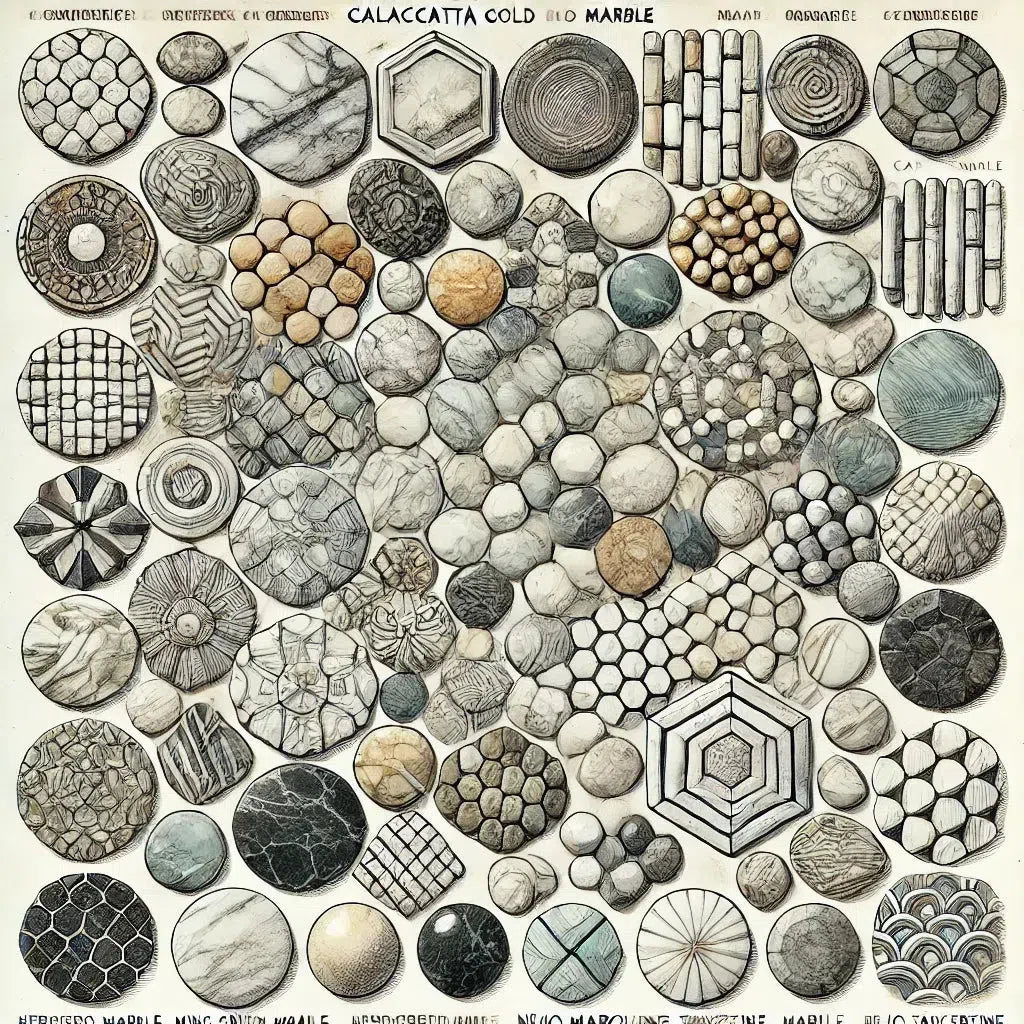 Shop By Type
Shop By Type
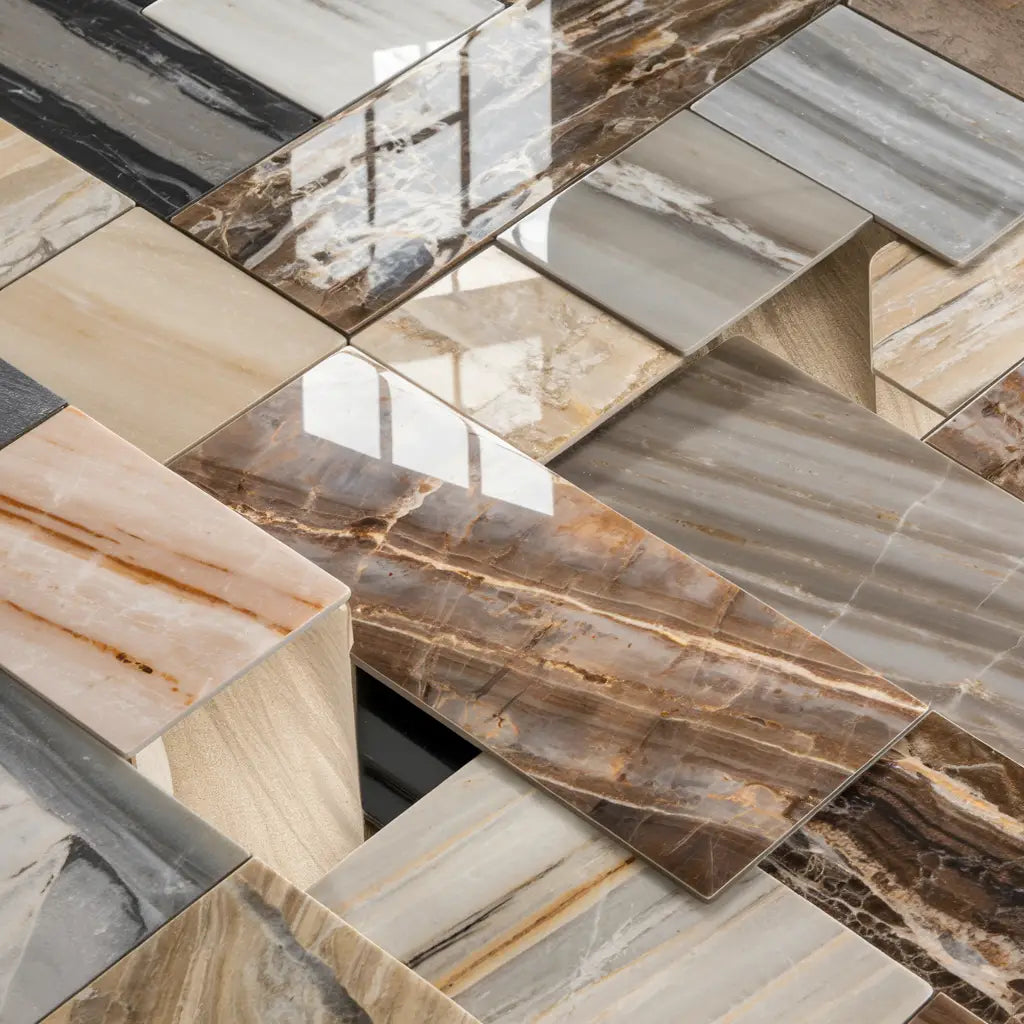 Marble Tiles
Marble Tiles Marble Mosaic
Marble Mosaic Travertine Tiles
Travertine Tiles Travertine Mosaic
Travertine Mosaic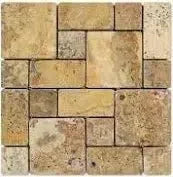 4 pcs Versailles Pattern / French Pattern Set
4 pcs Versailles Pattern / French Pattern Set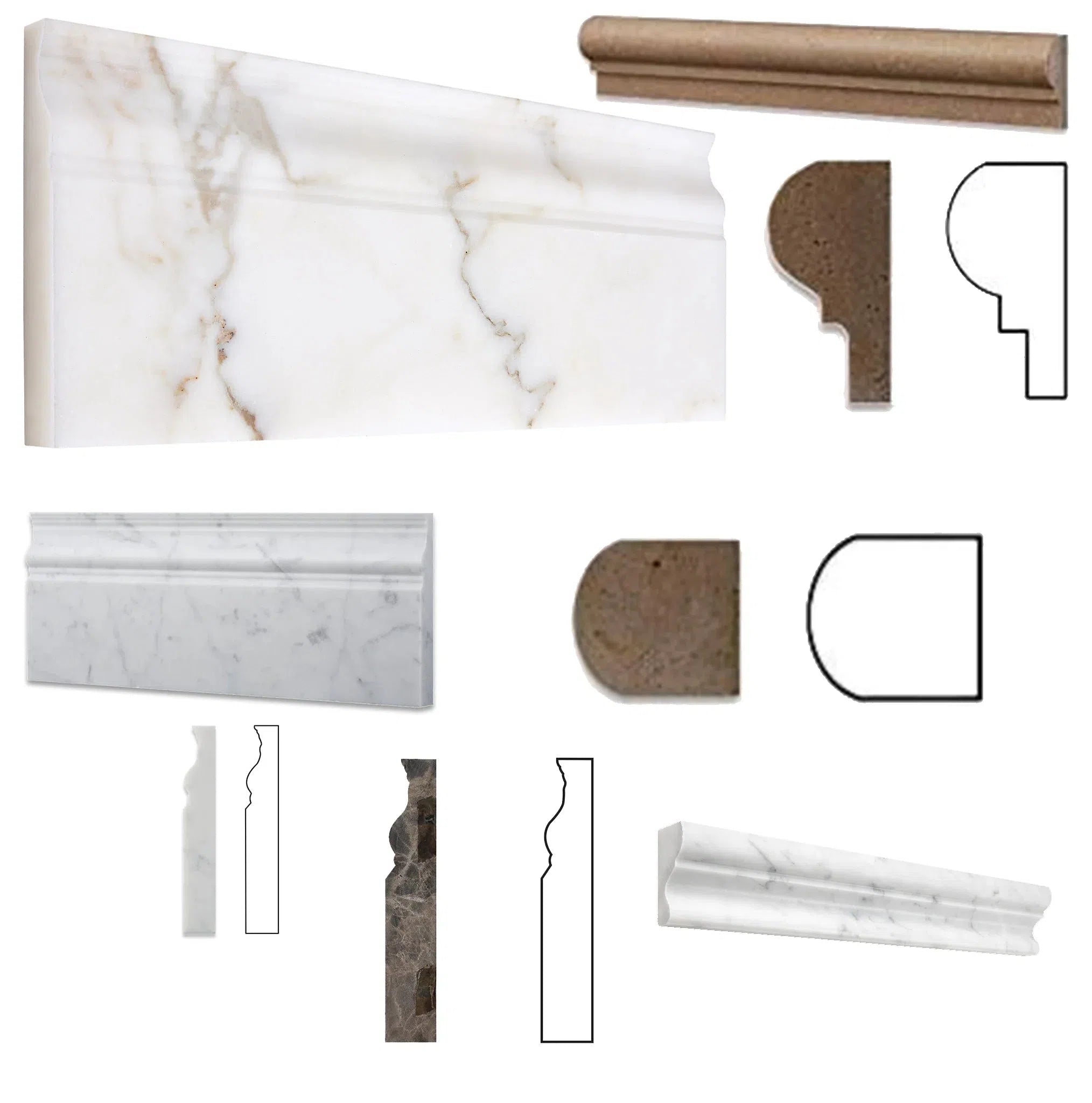 Molding/Trim
Molding/Trim Border/Listello
Border/Listello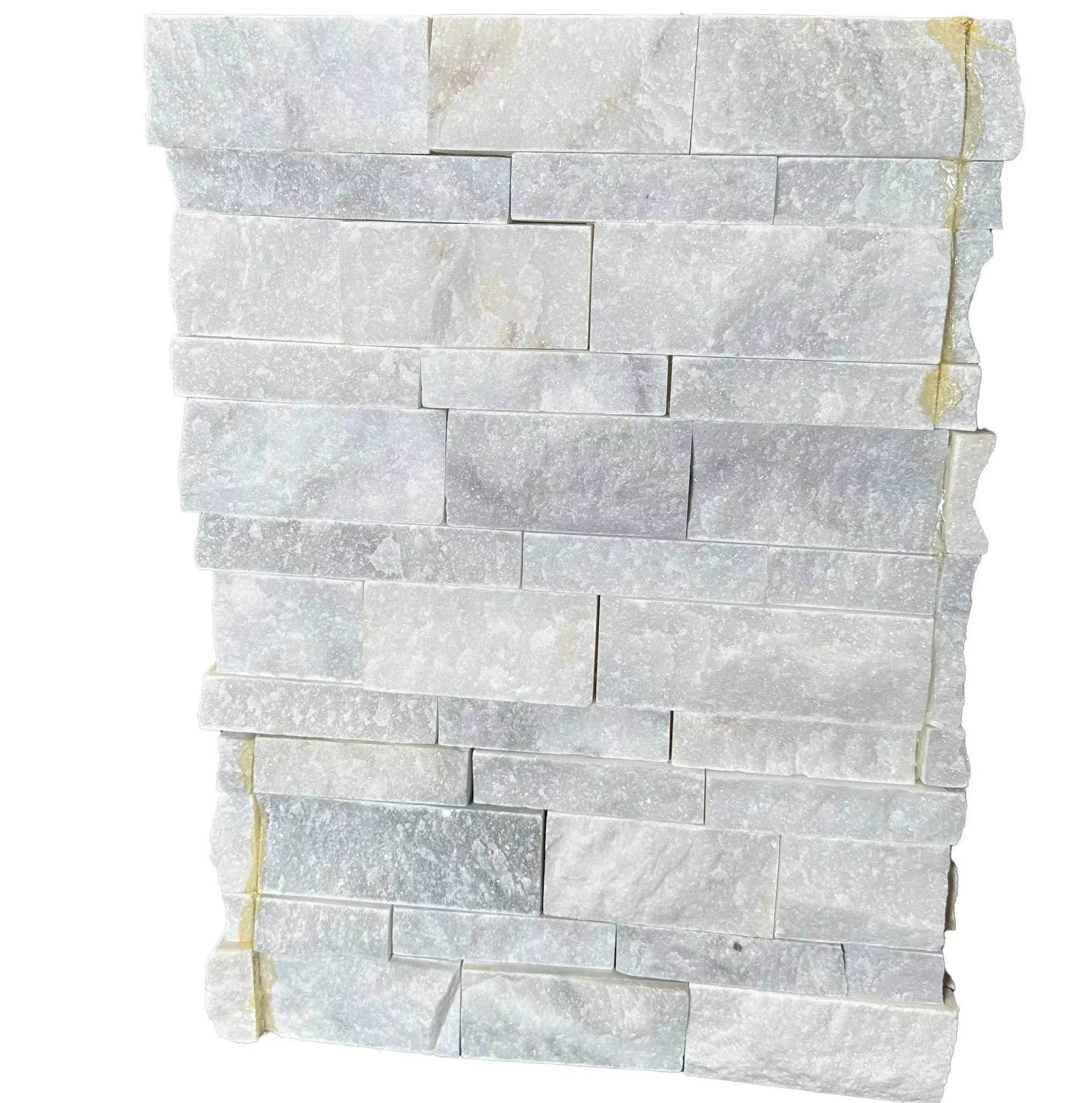 Ledger-Panel
Ledger-Panel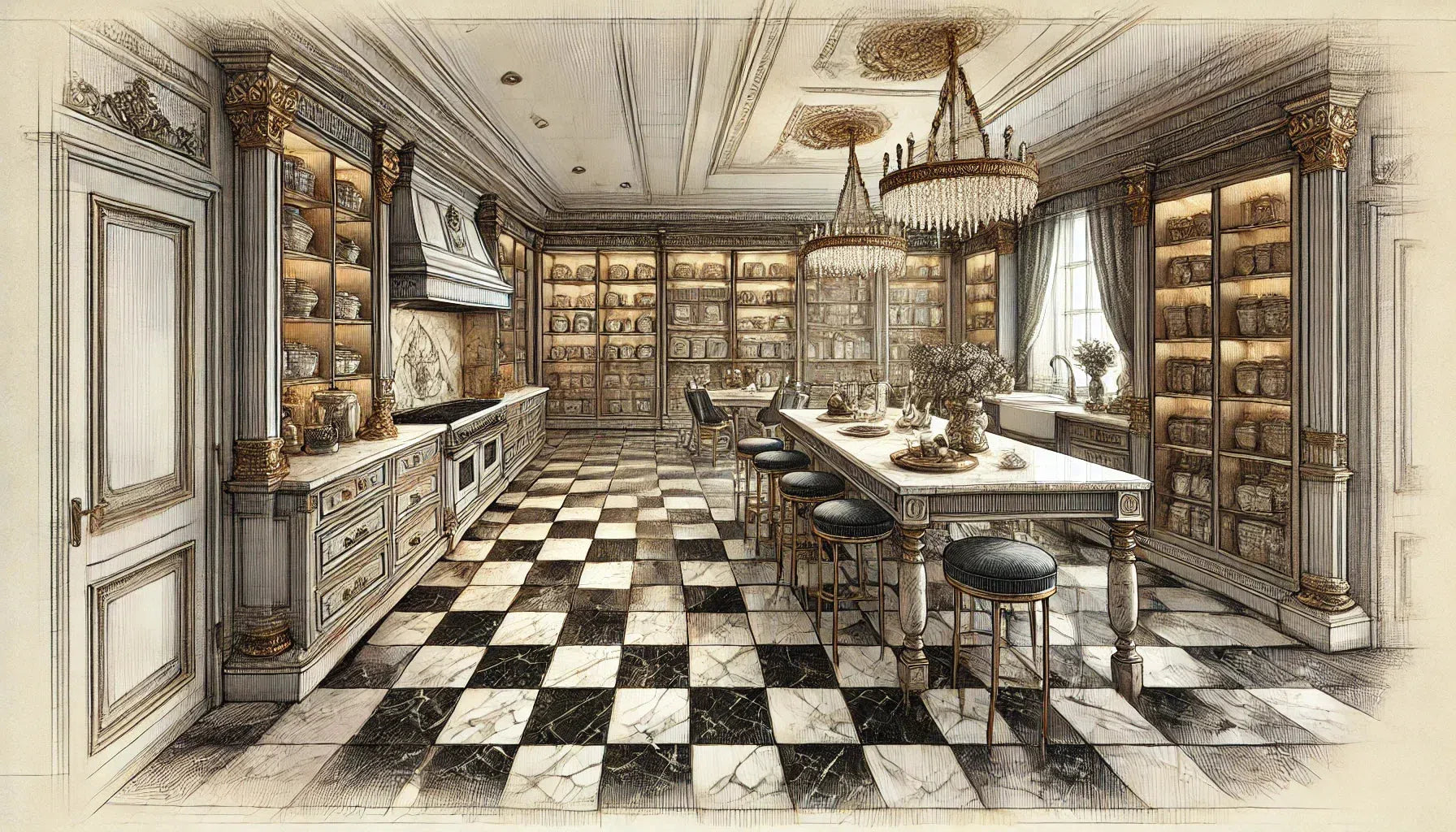 Checkerboard
Checkerboard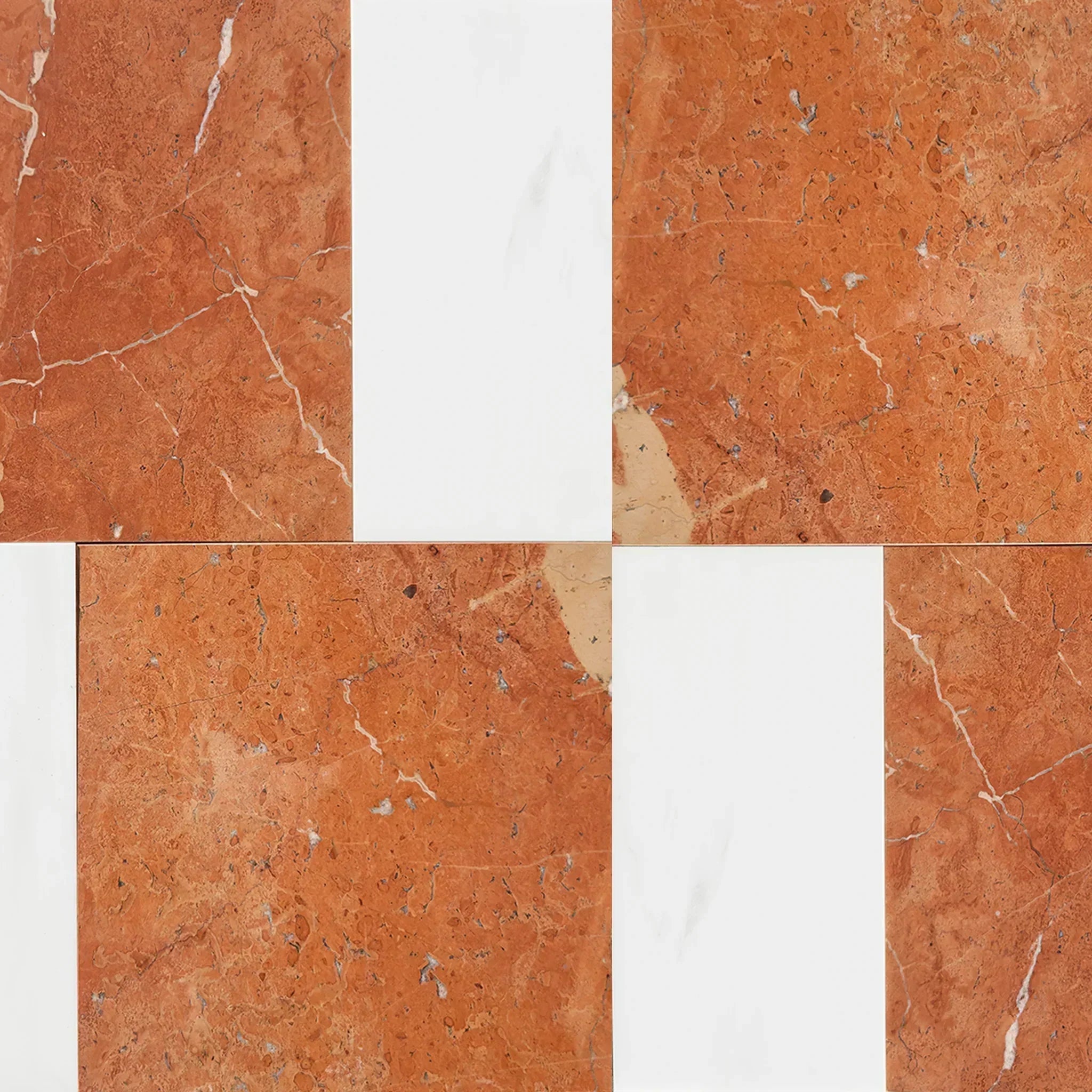 Patterned Tile Collection
Patterned Tile Collection  Shop By Finish
Shop By Finish
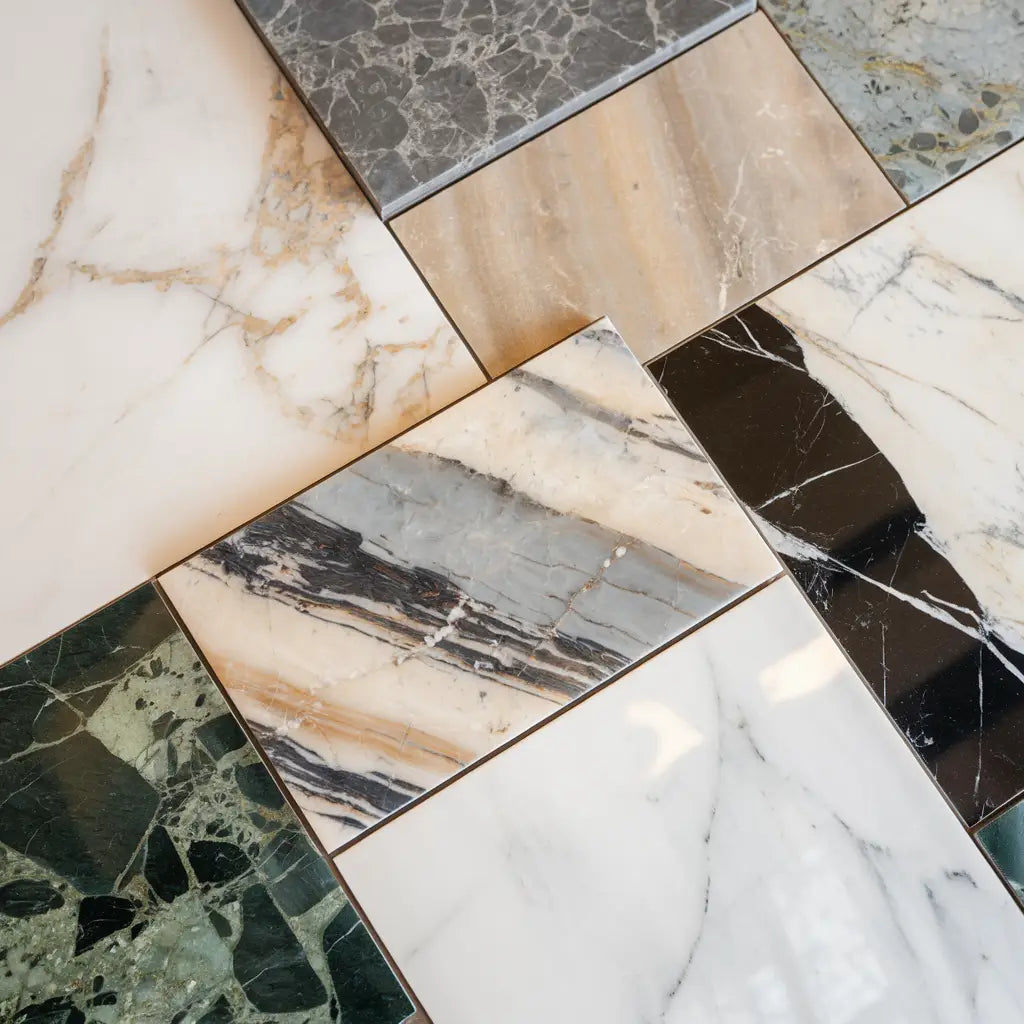 Polished
Polished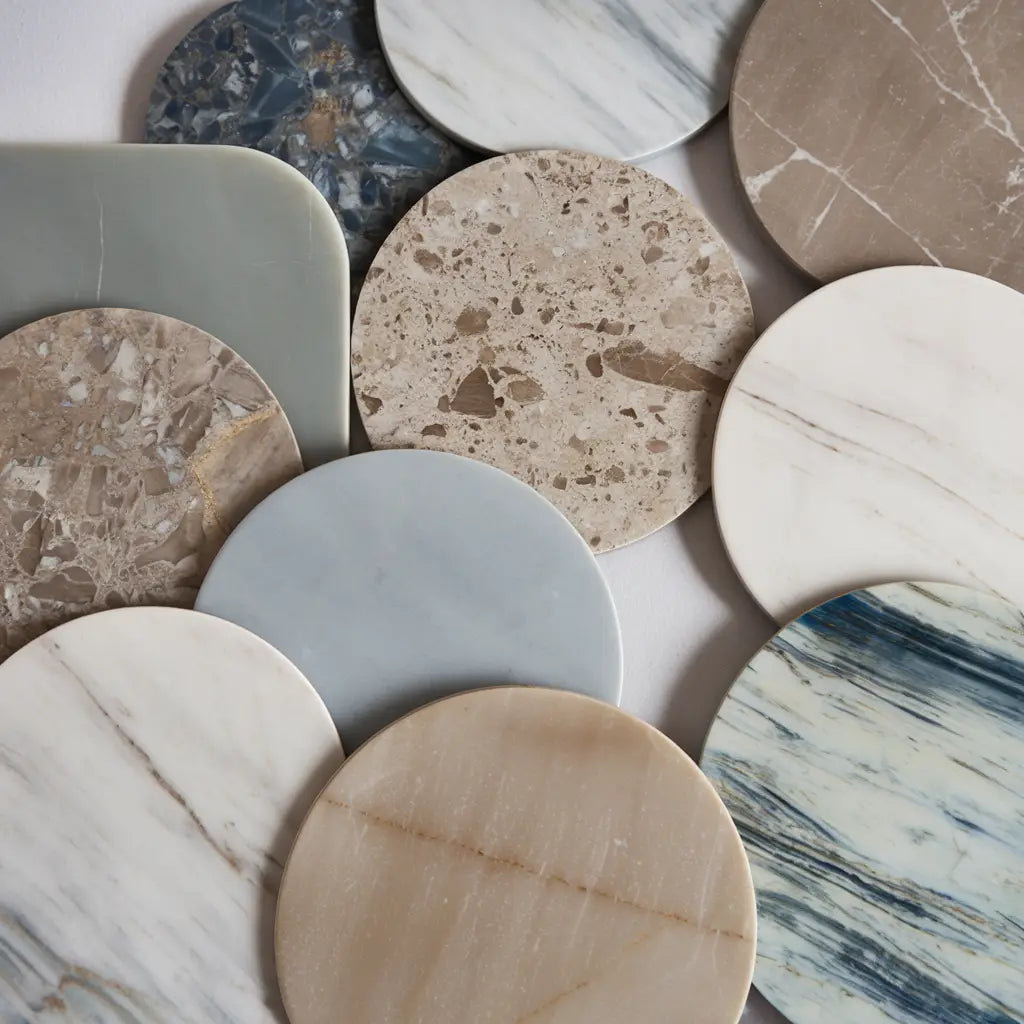 Honed
Honed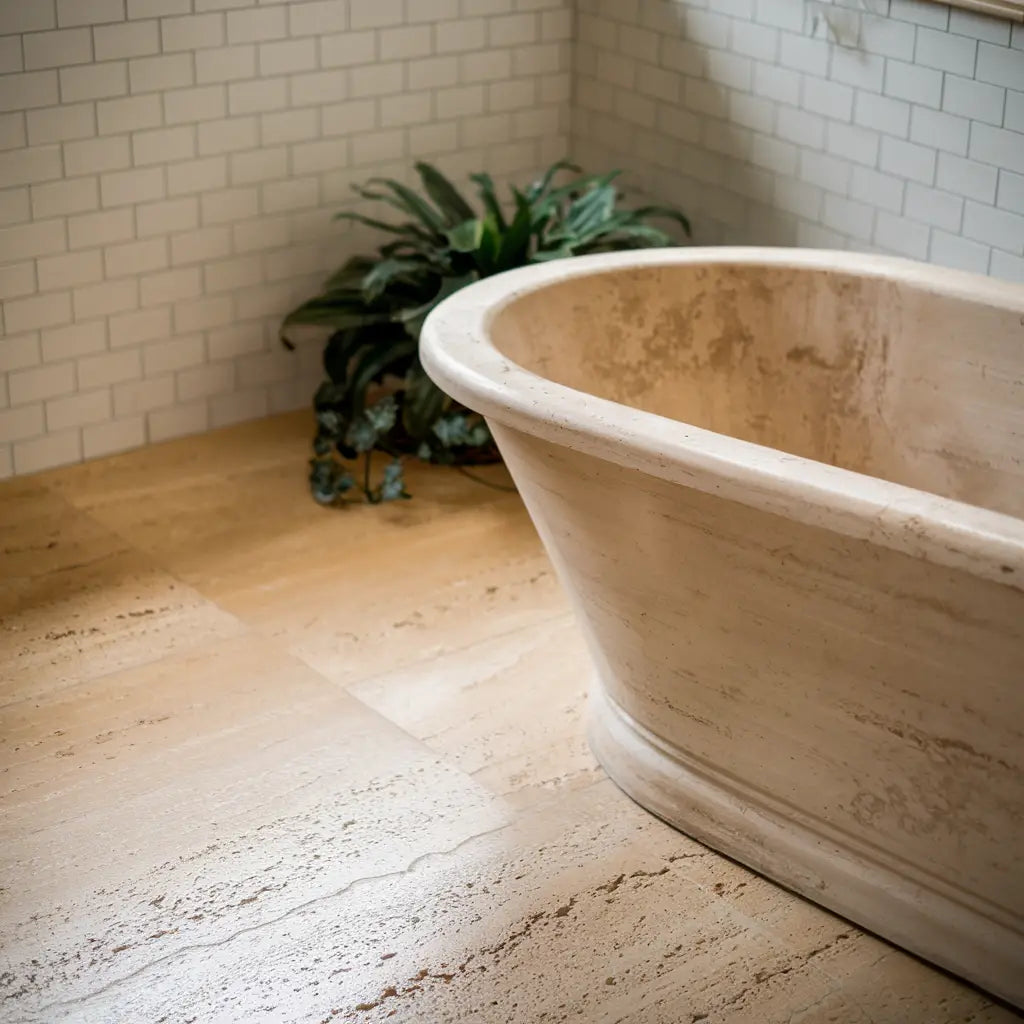 Brushed
Brushed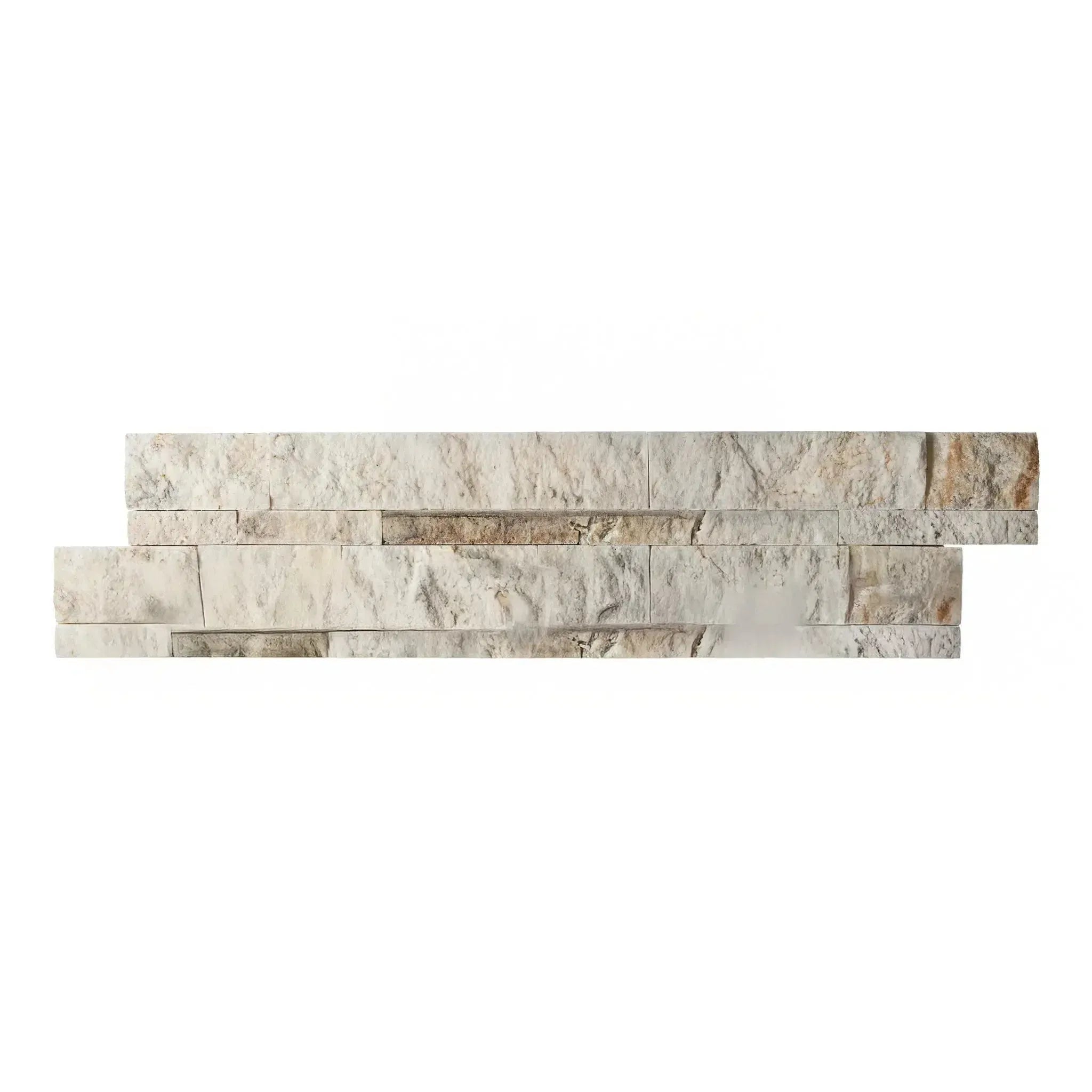 Split Face
Split Face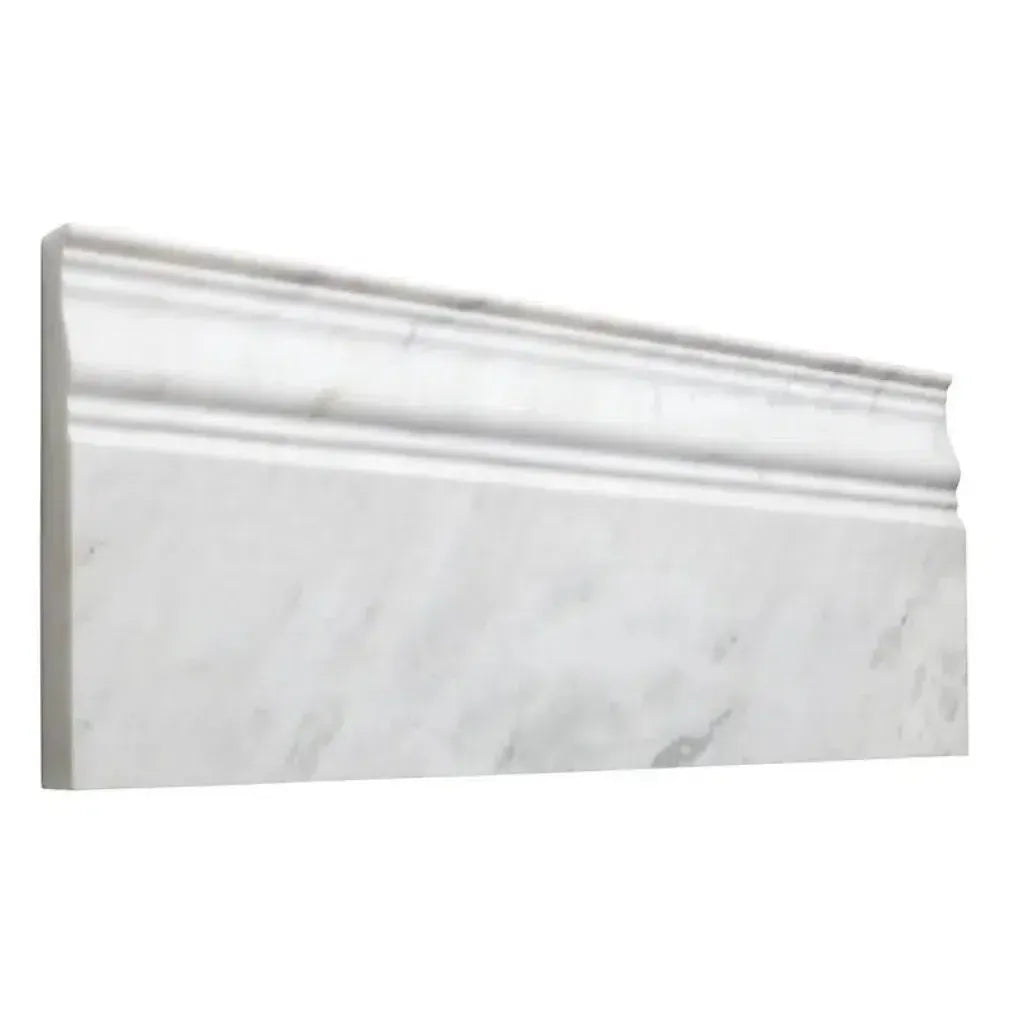 Textured
Textured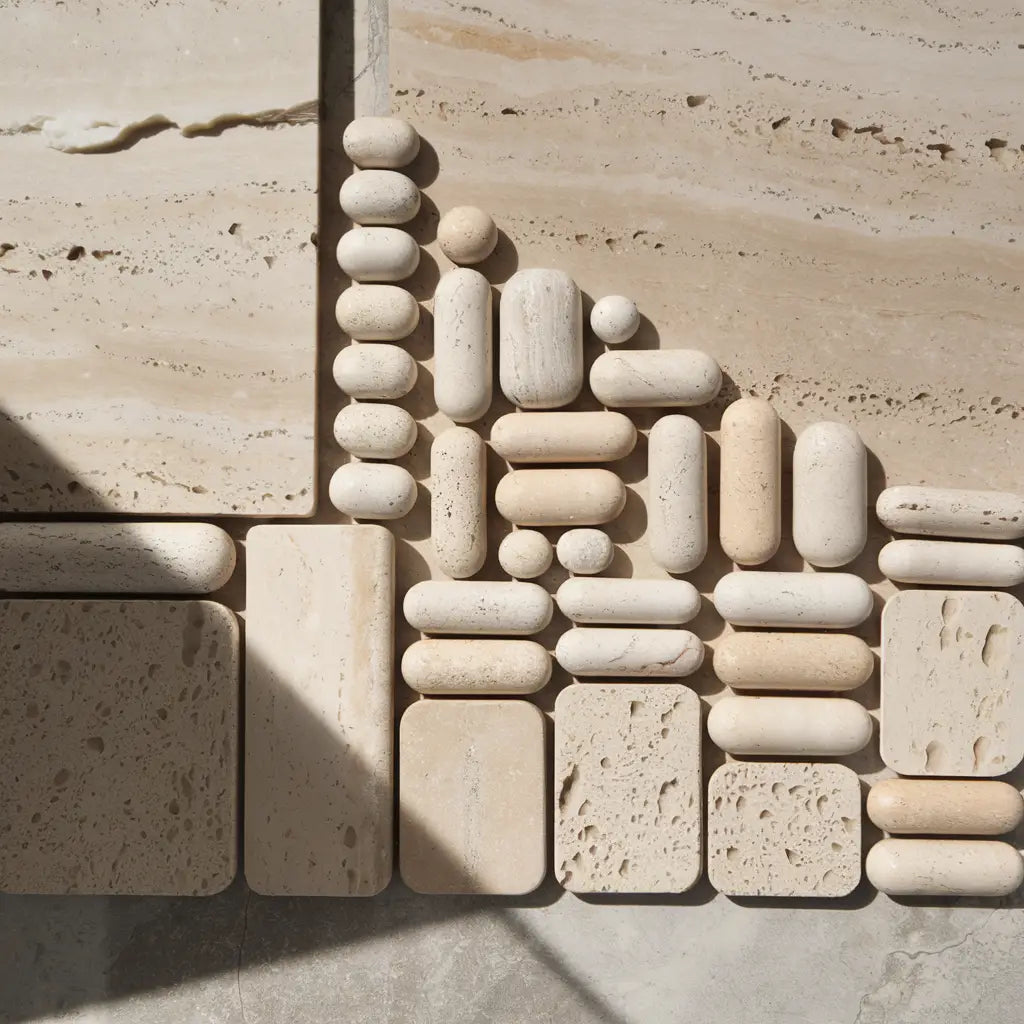 Tumbled
Tumbled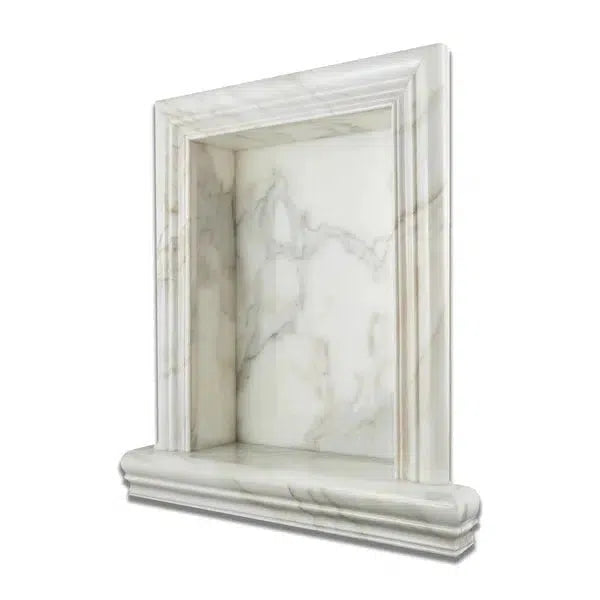 Accessories
Accessories
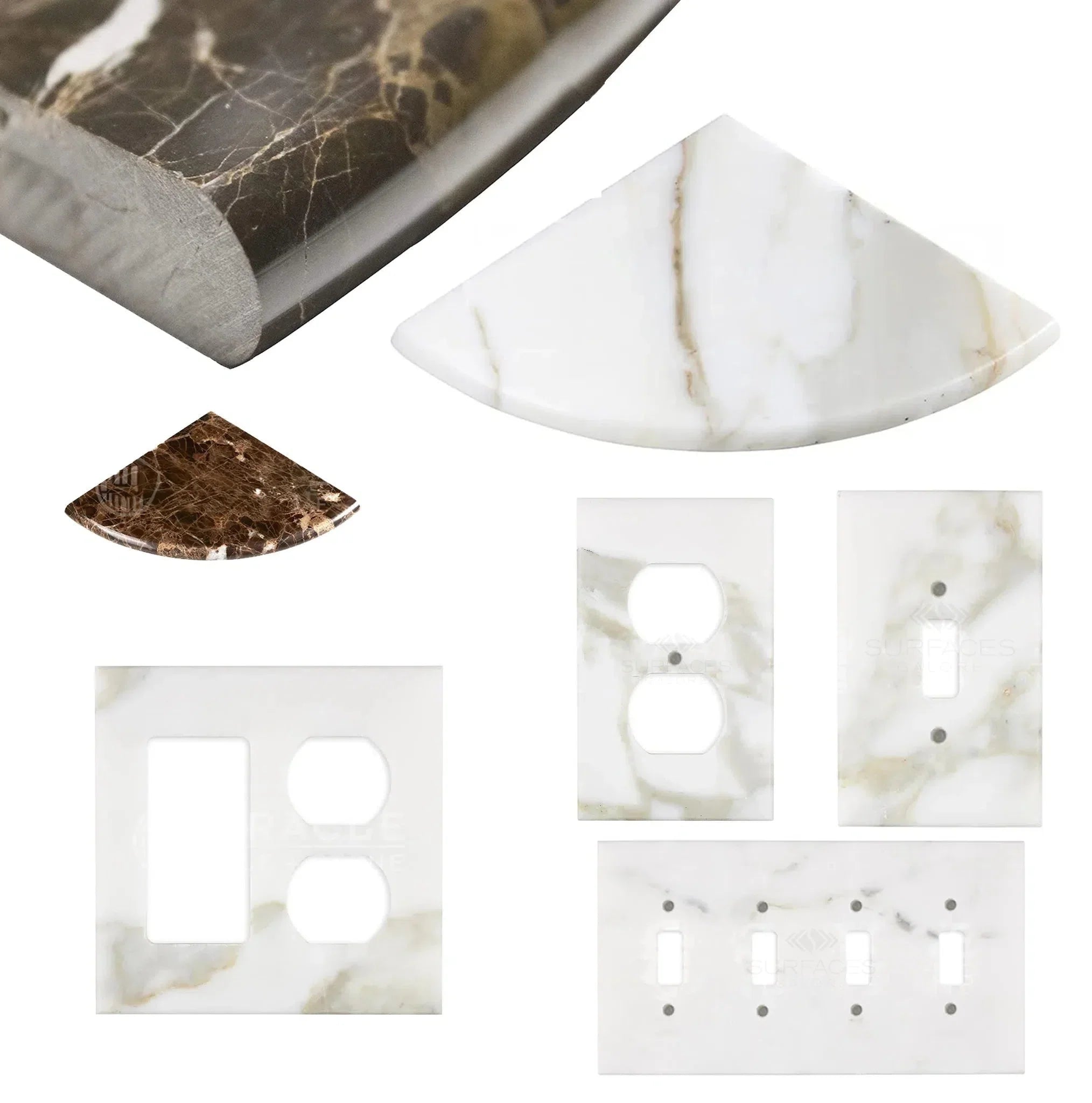 Wall Plate / Switch Plate
Wall Plate / Switch Plate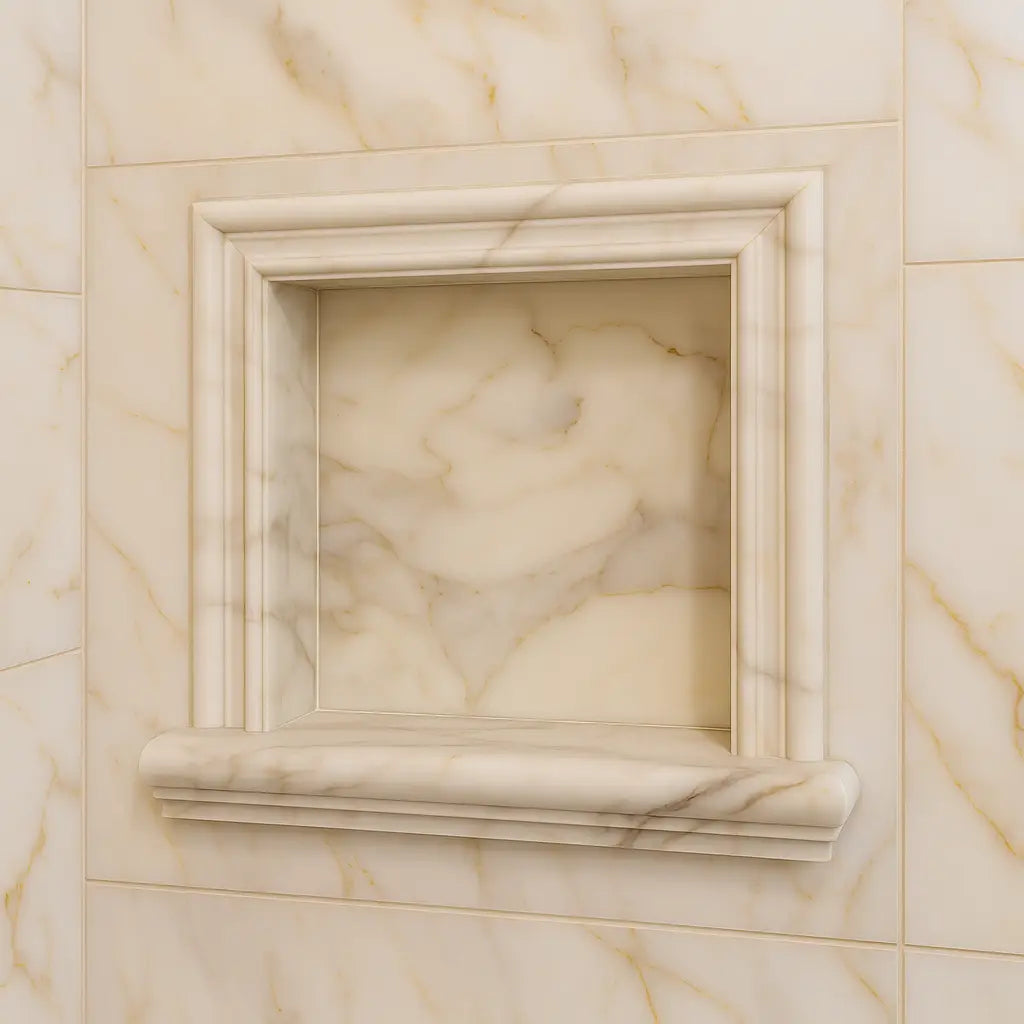 Shampoo Niche
Shampoo Niche Corner Shelf
Corner Shelf Clearance
Clearance





Leave a comment